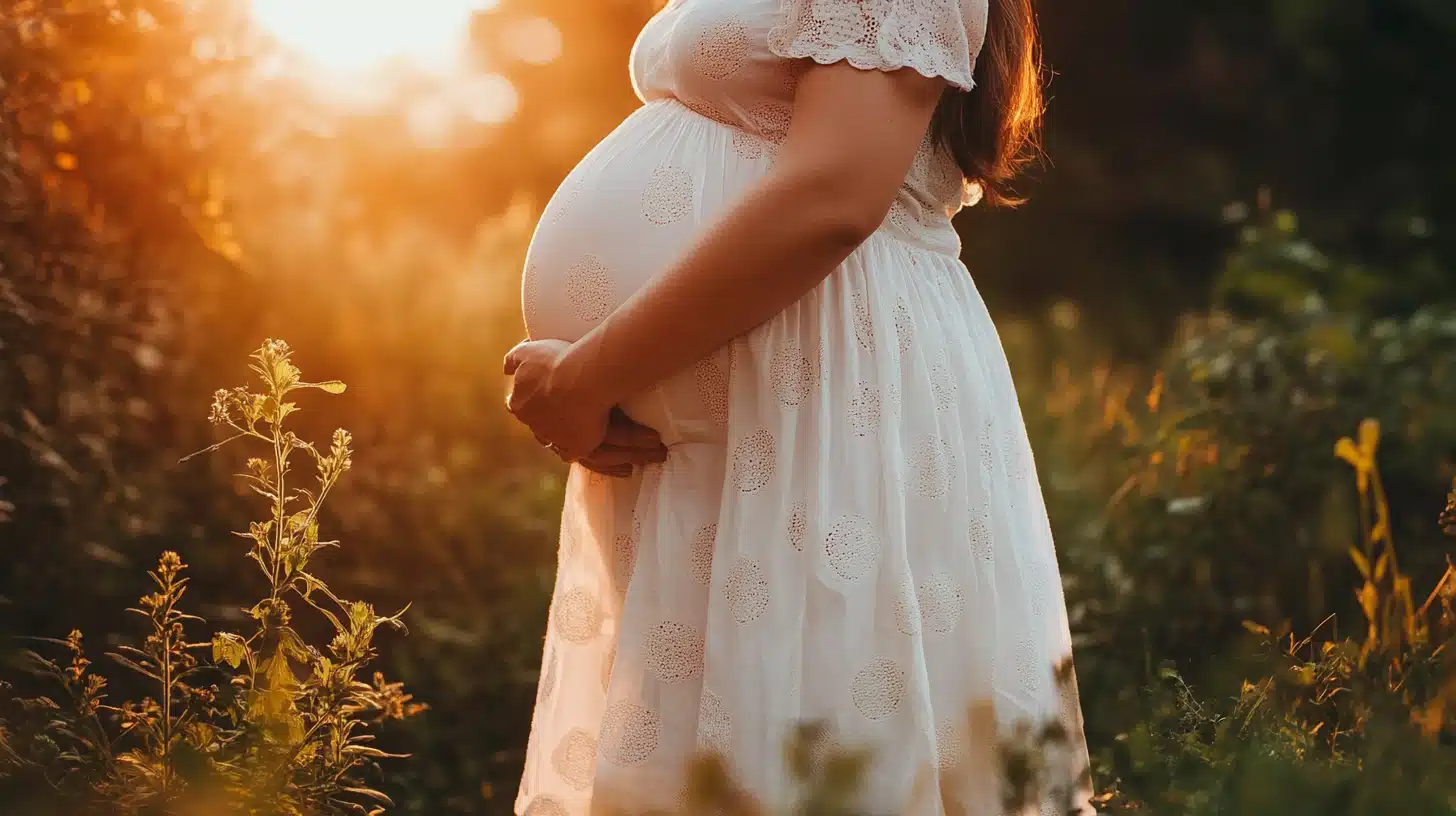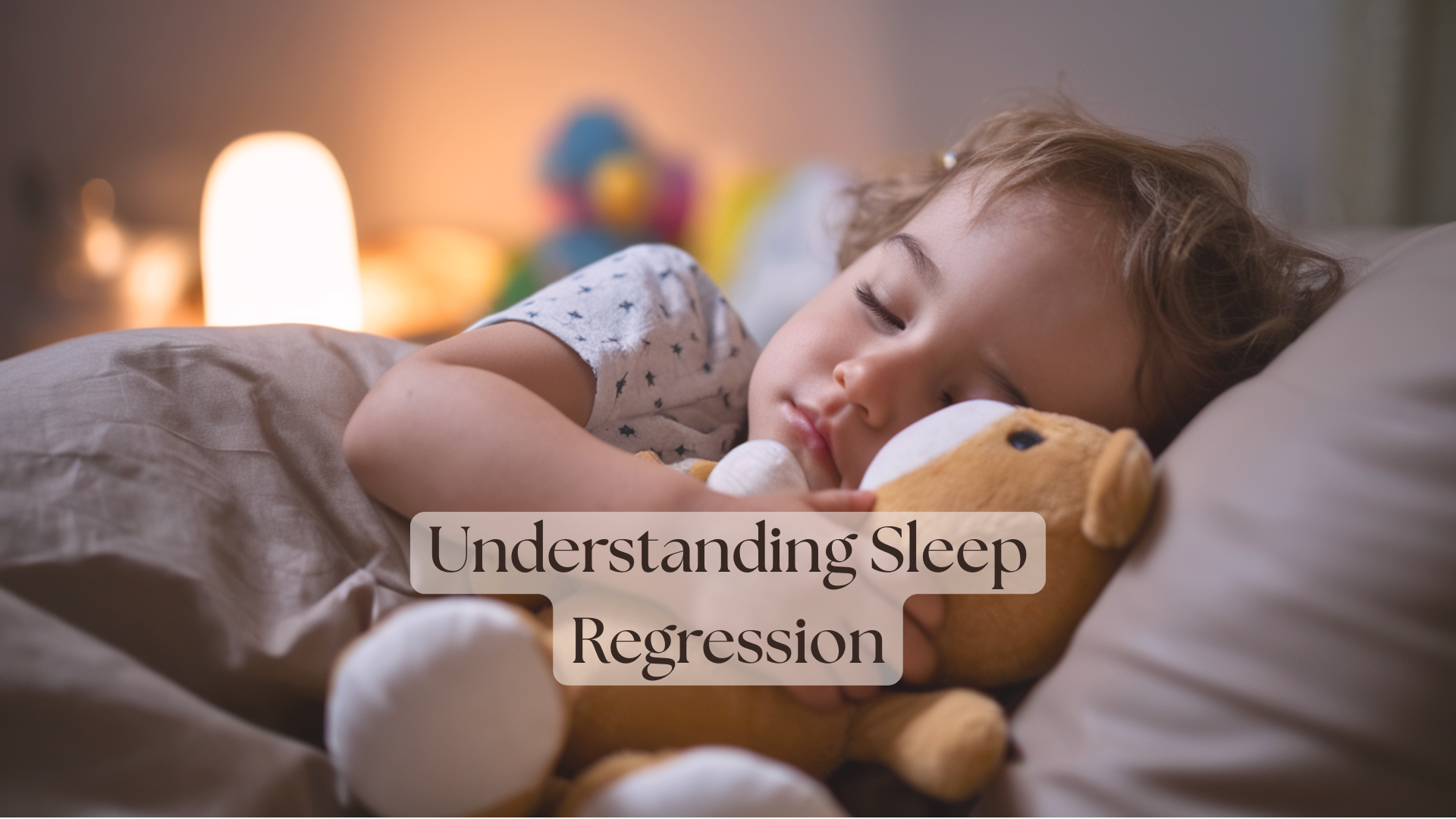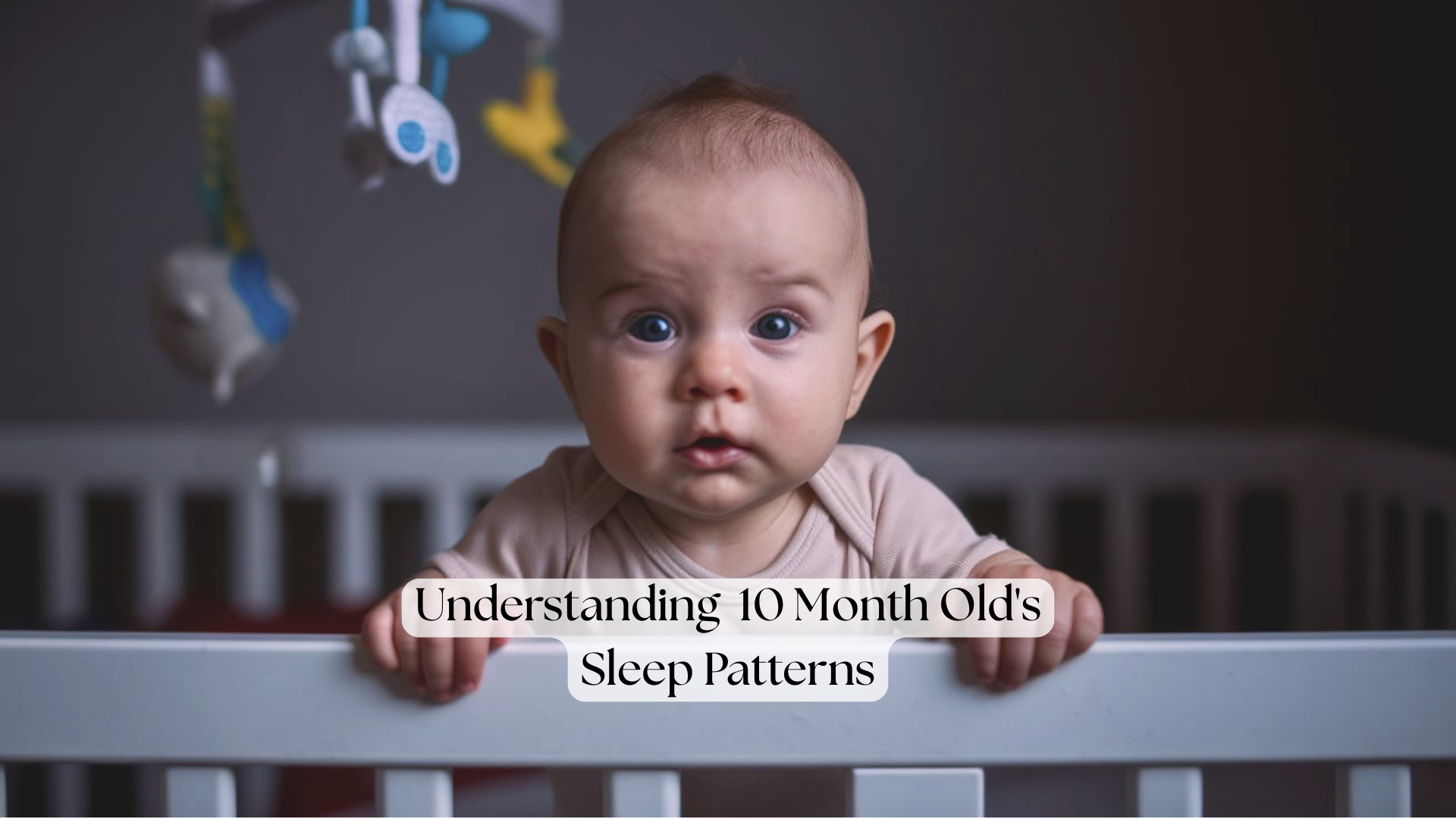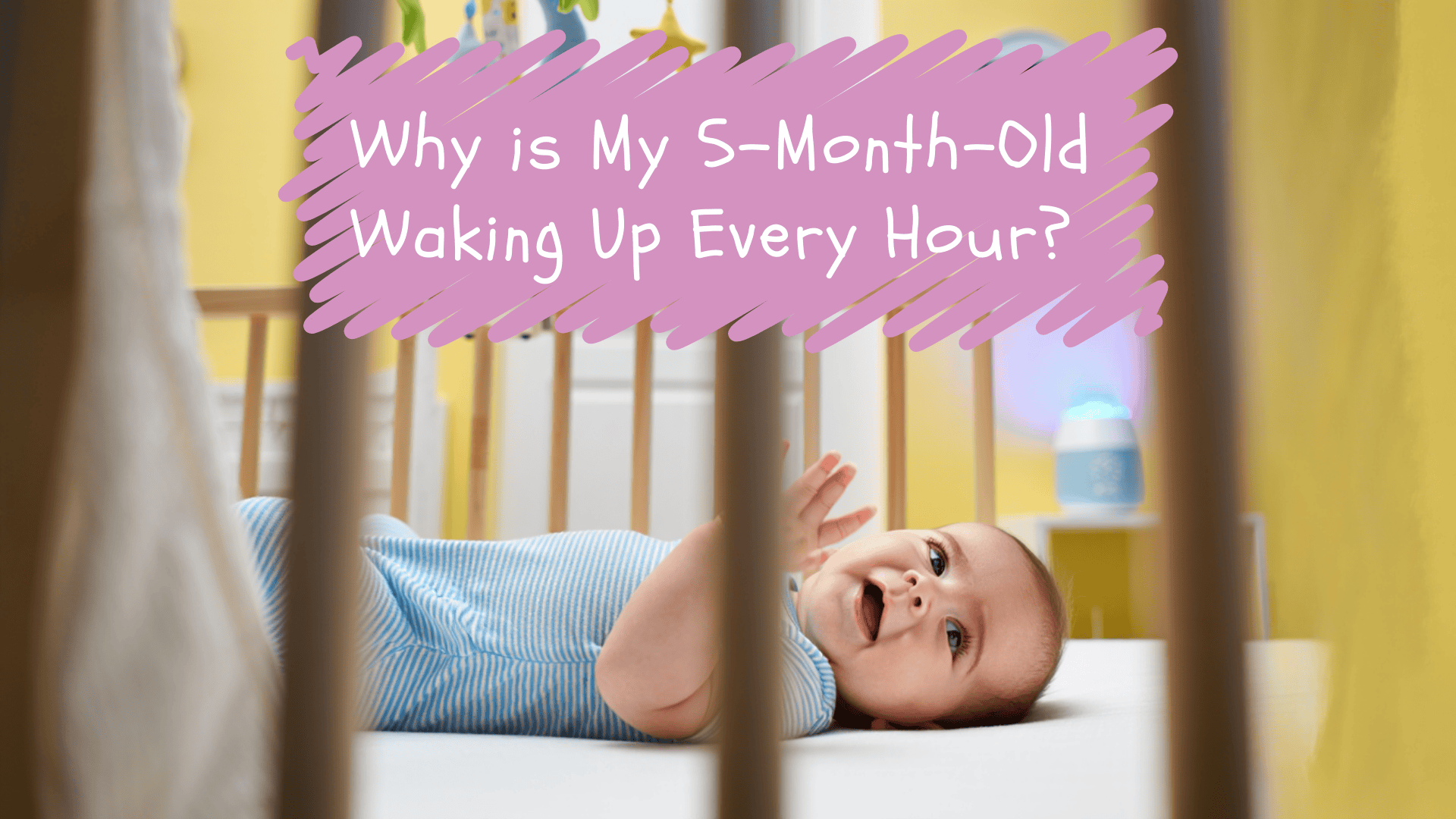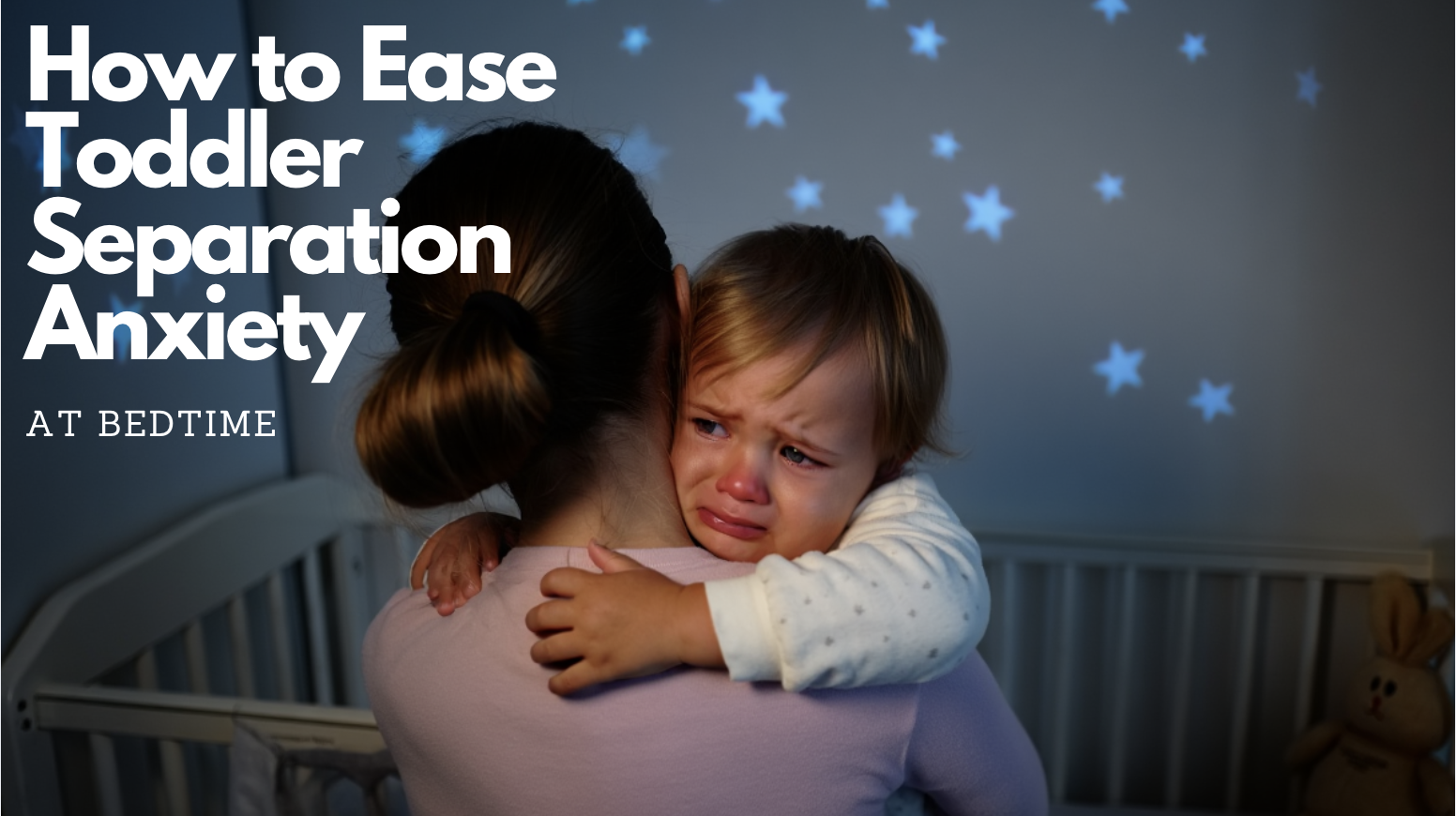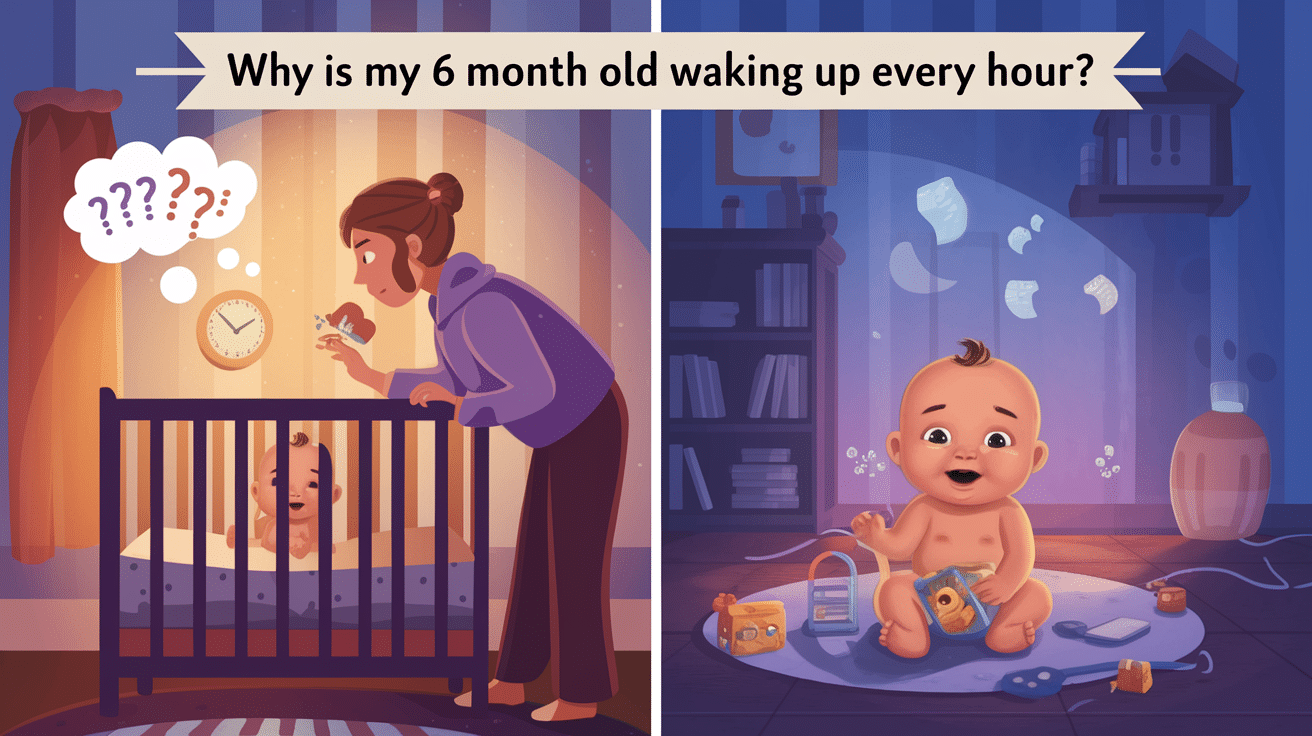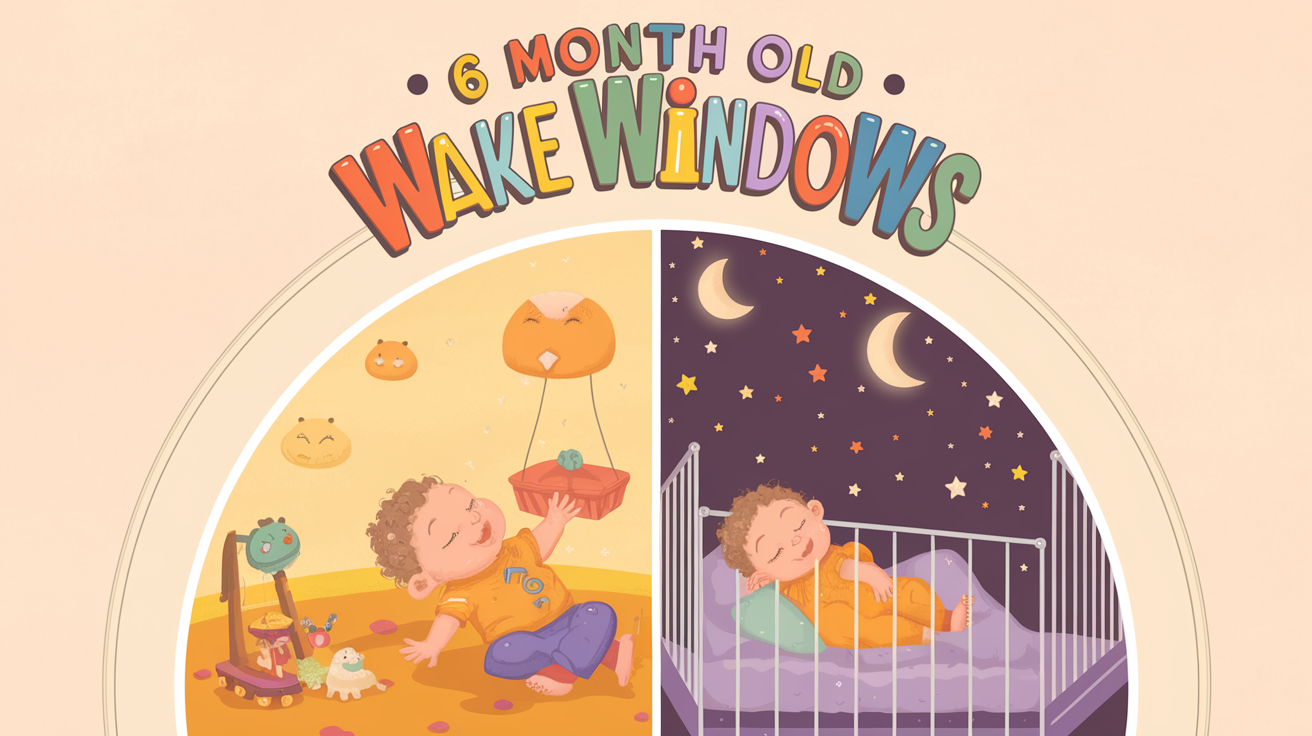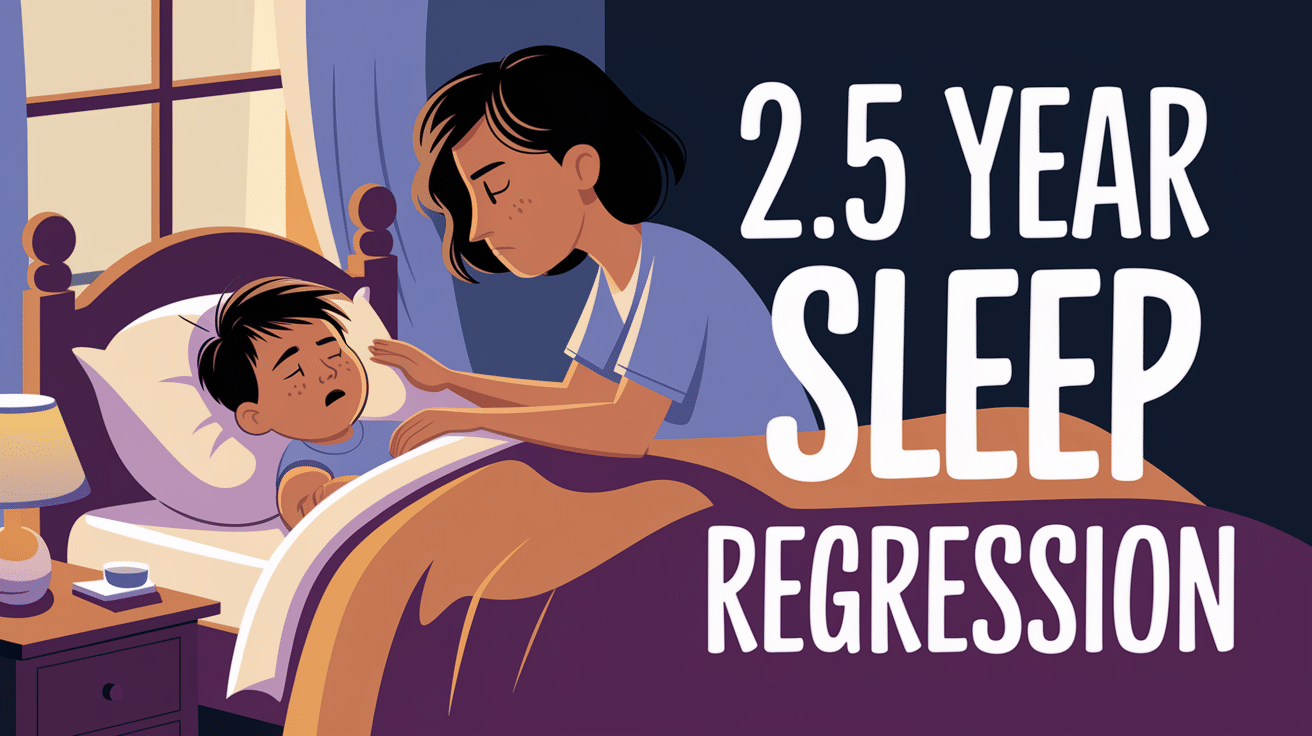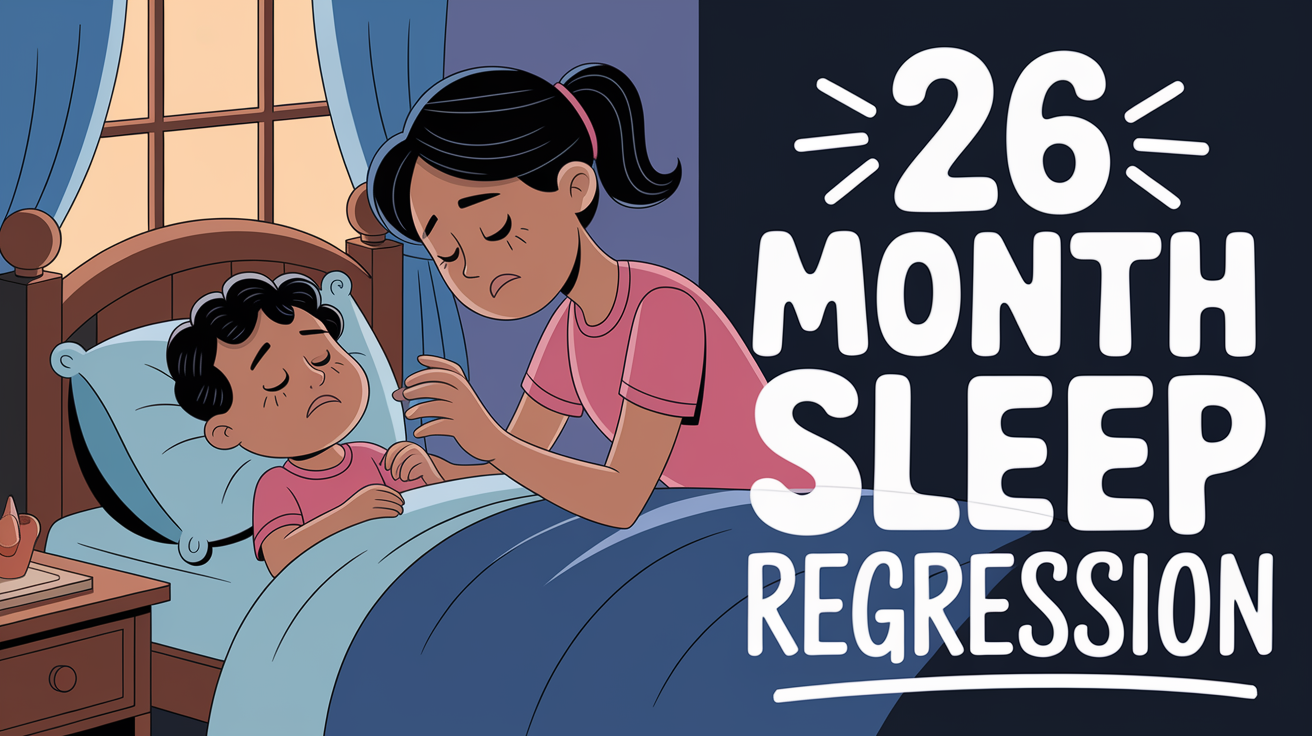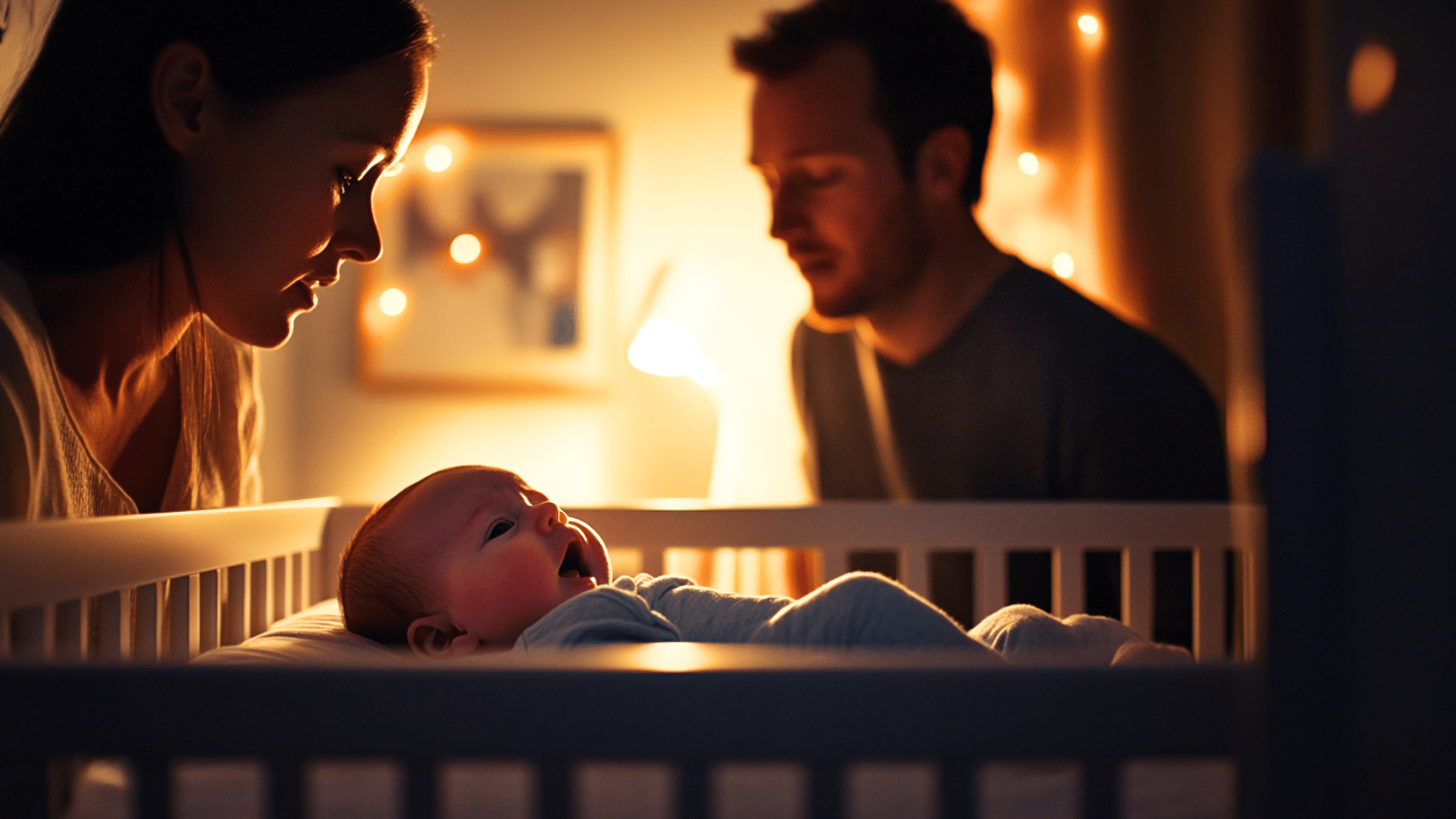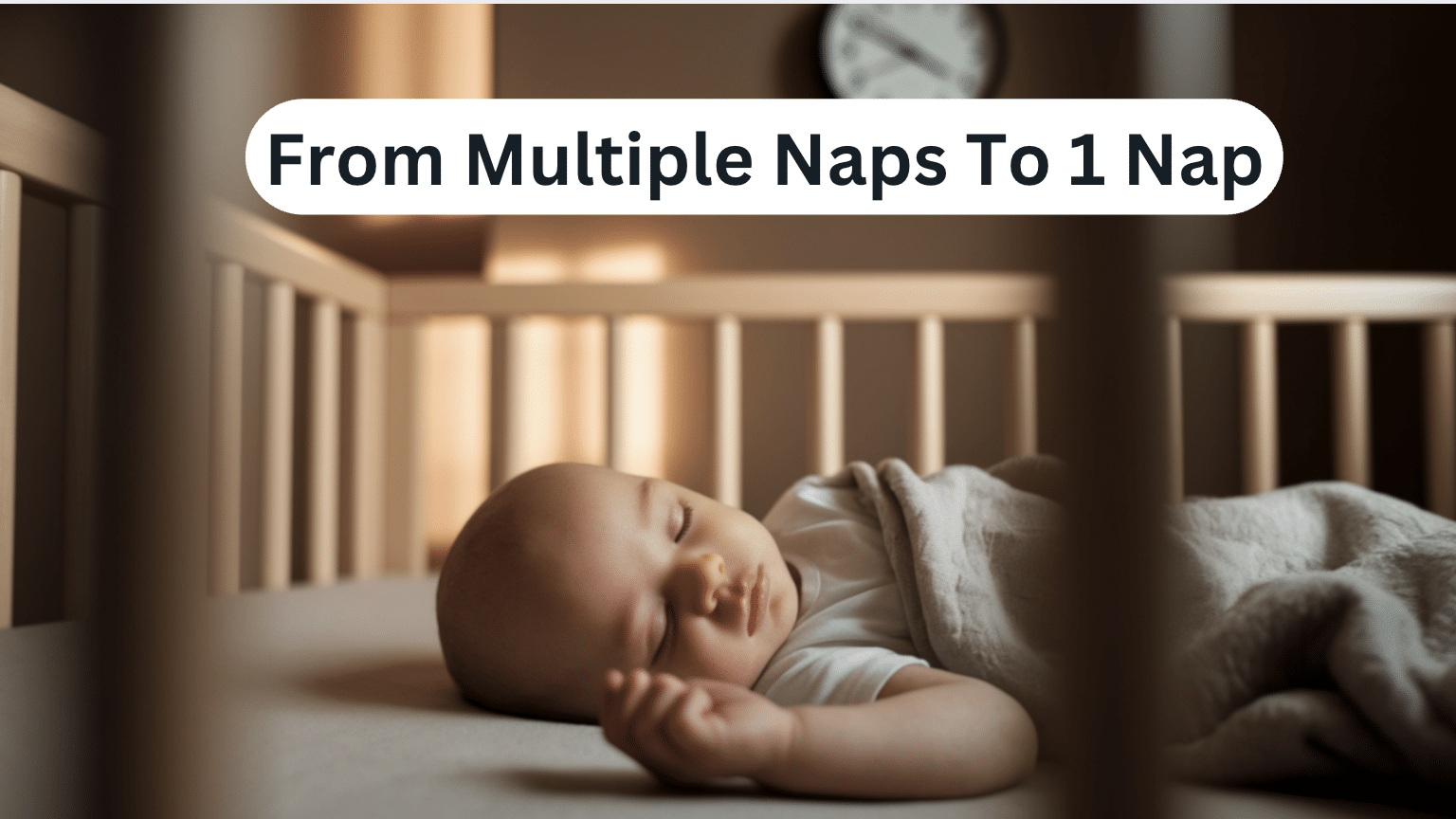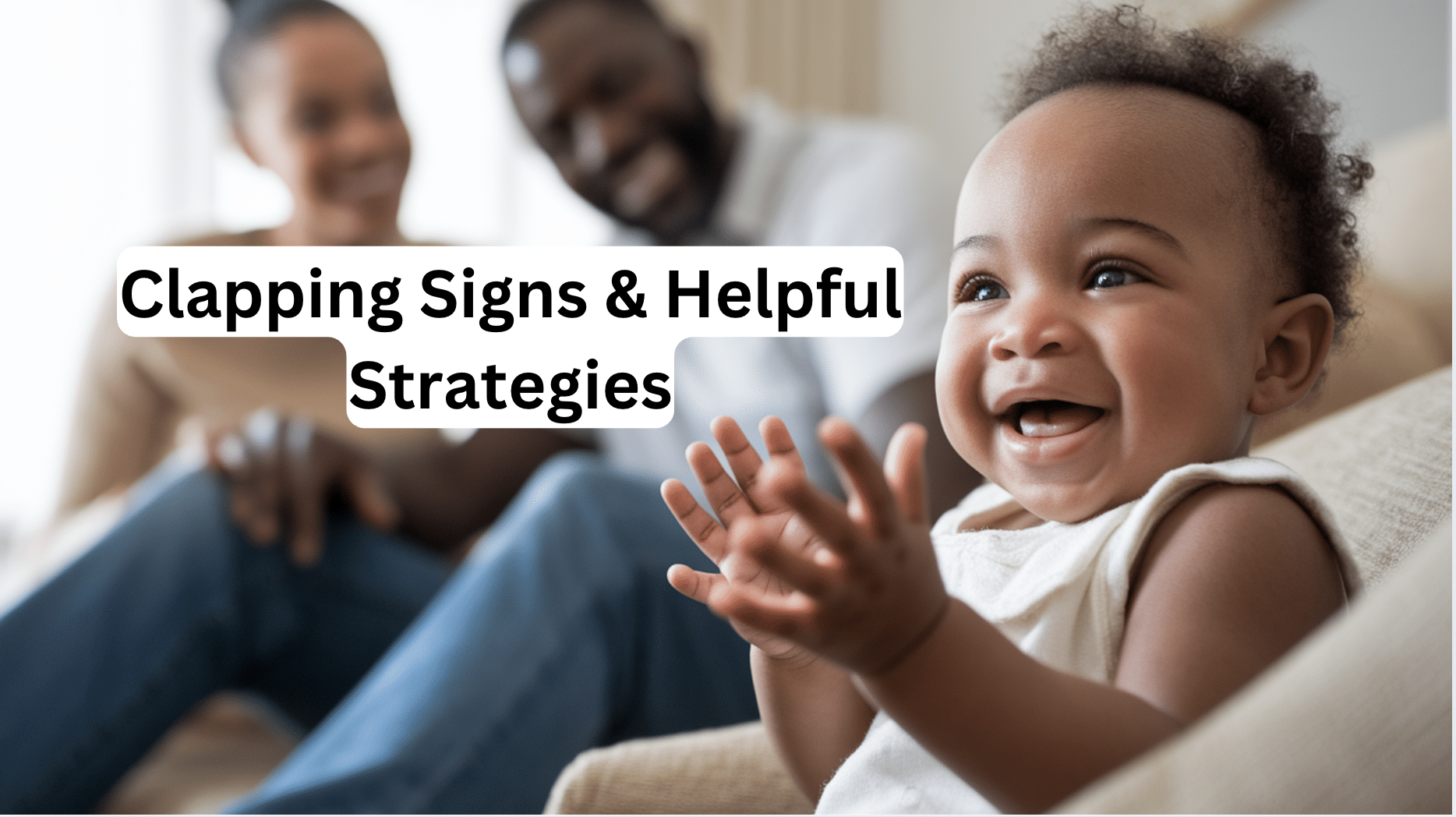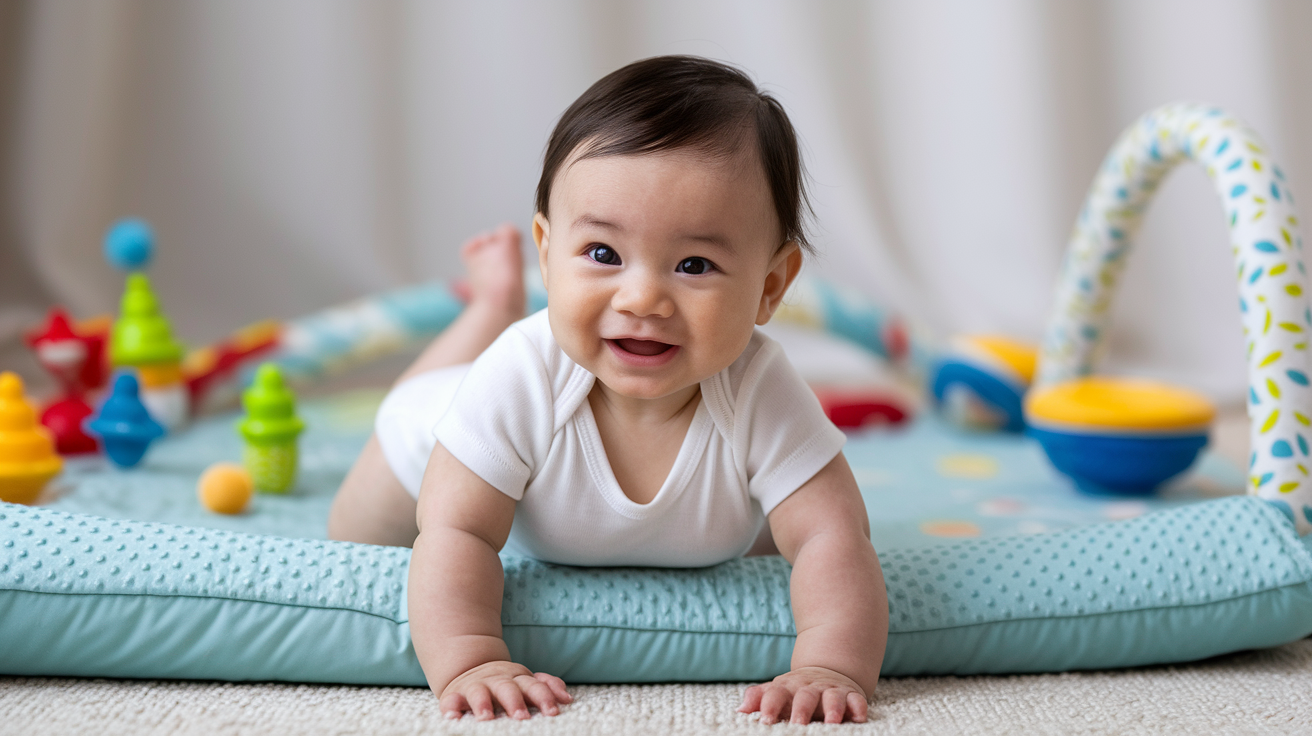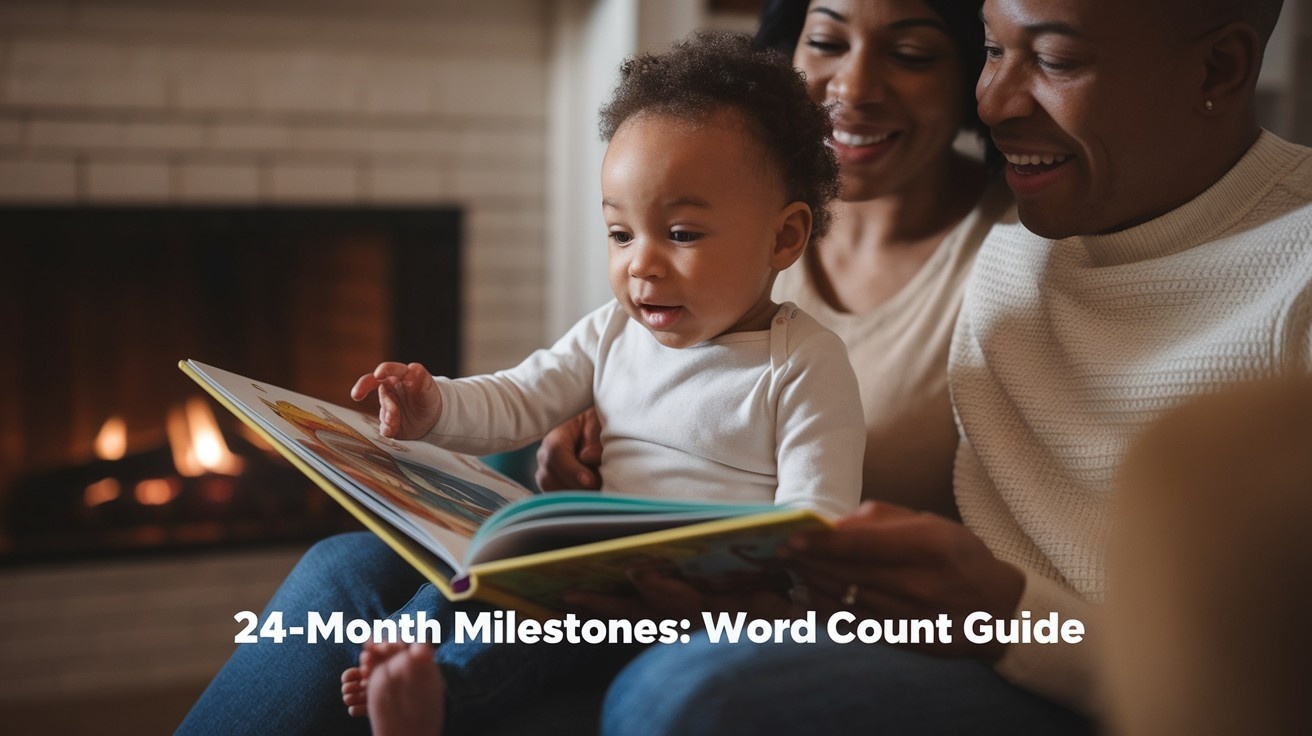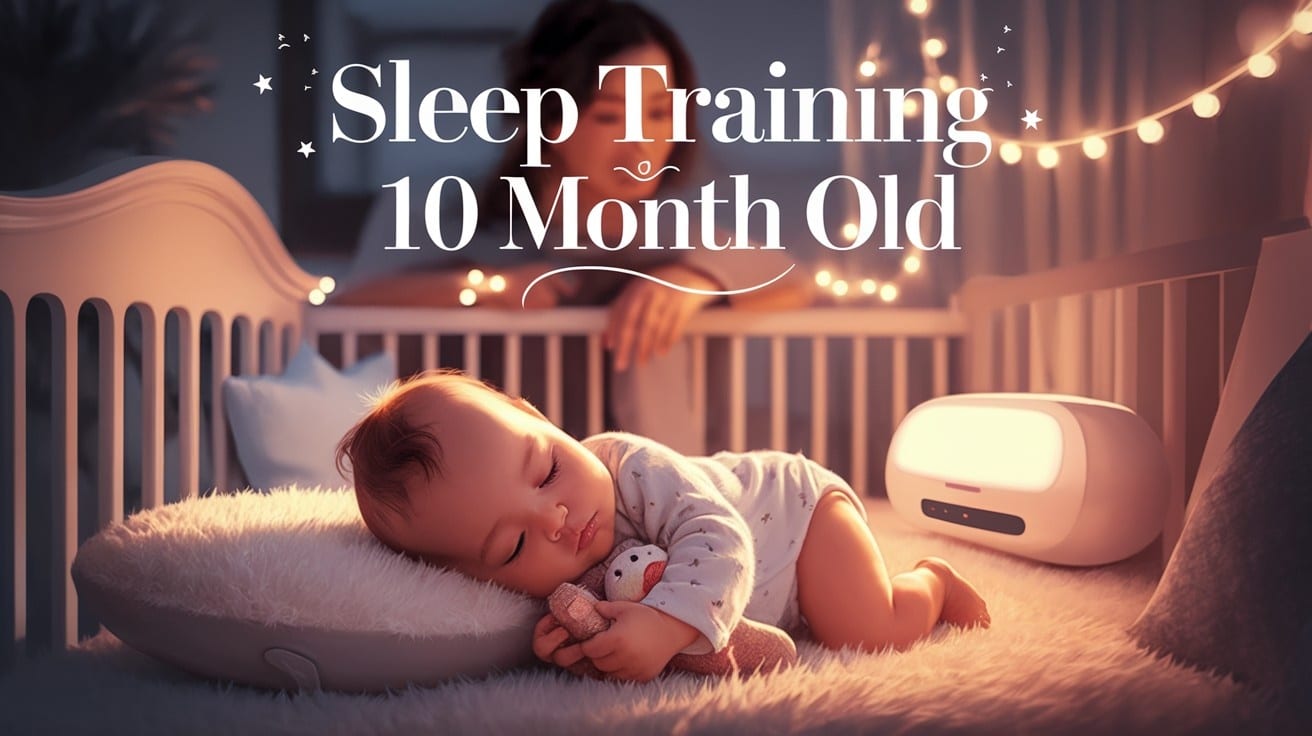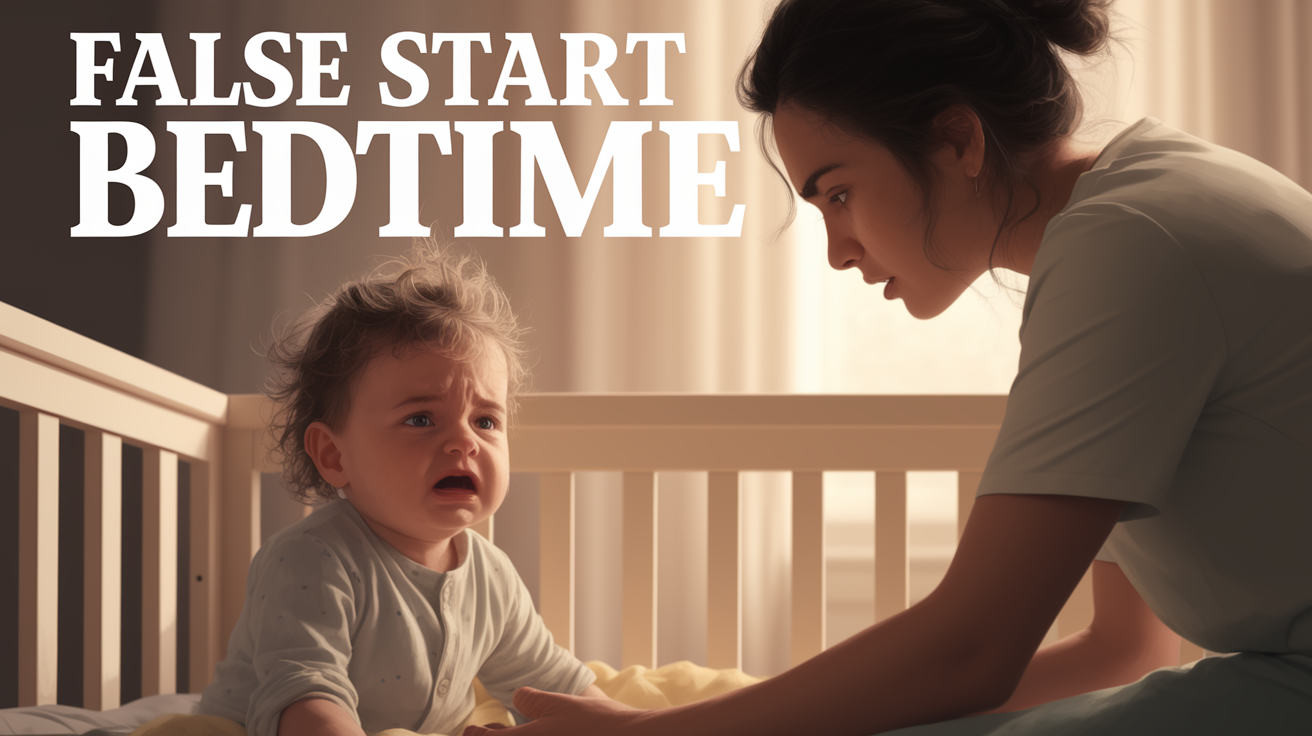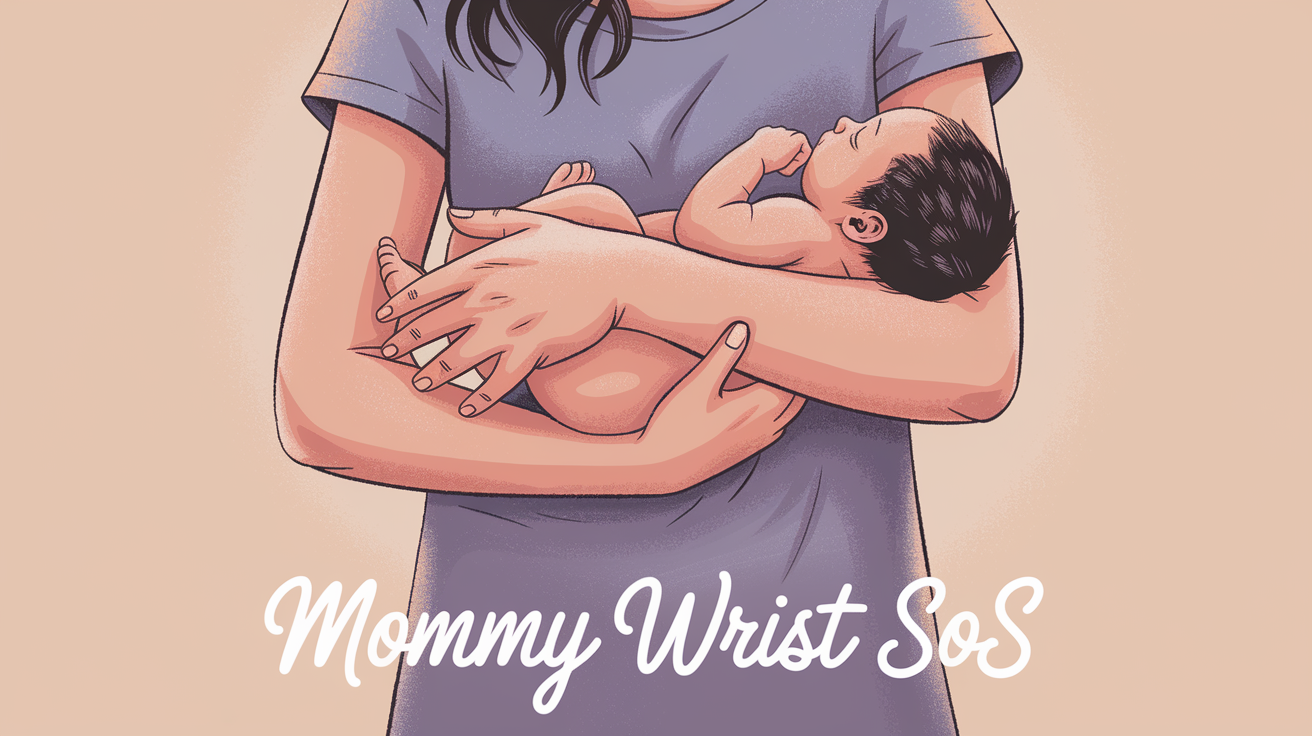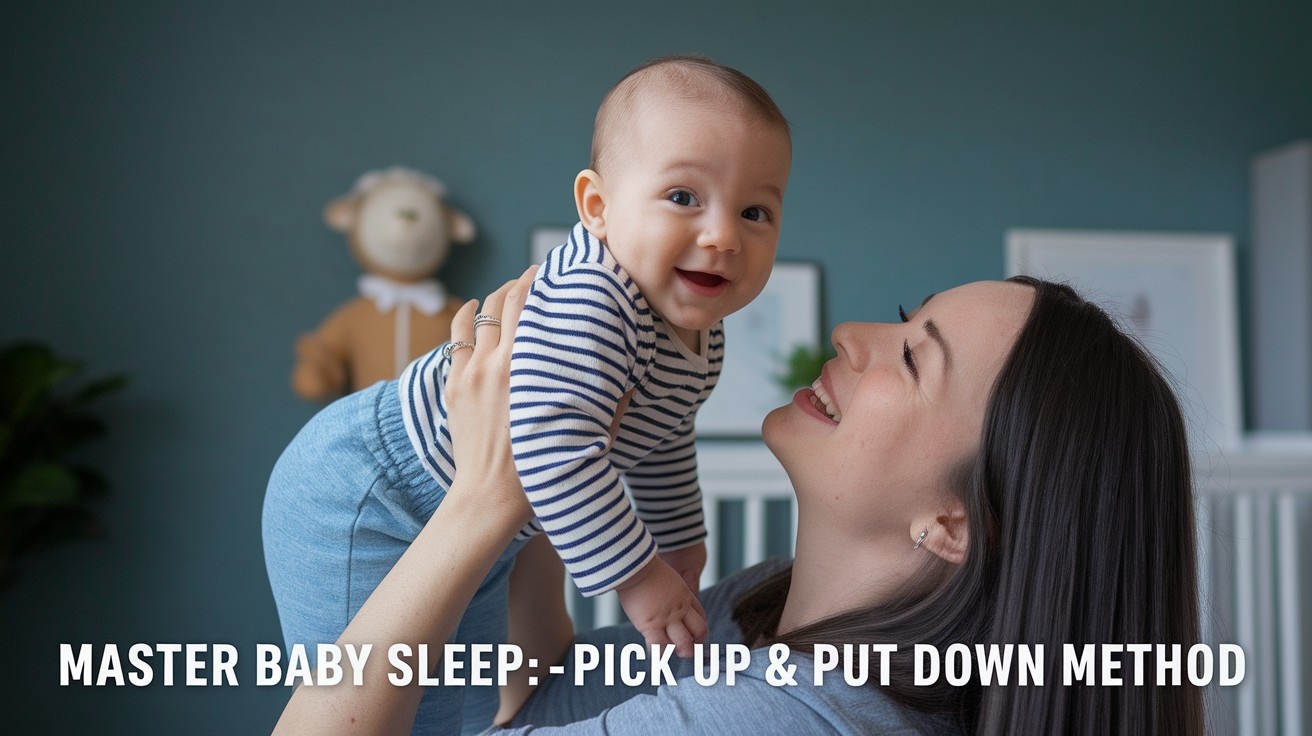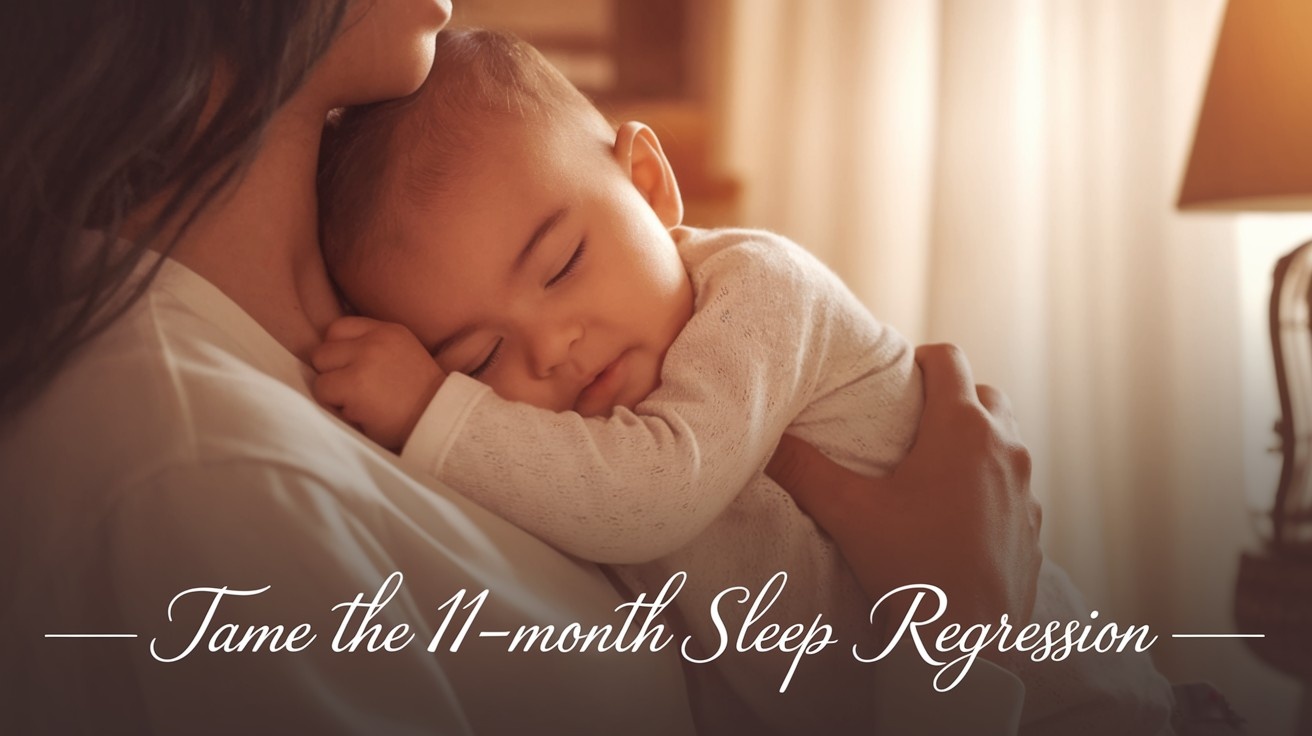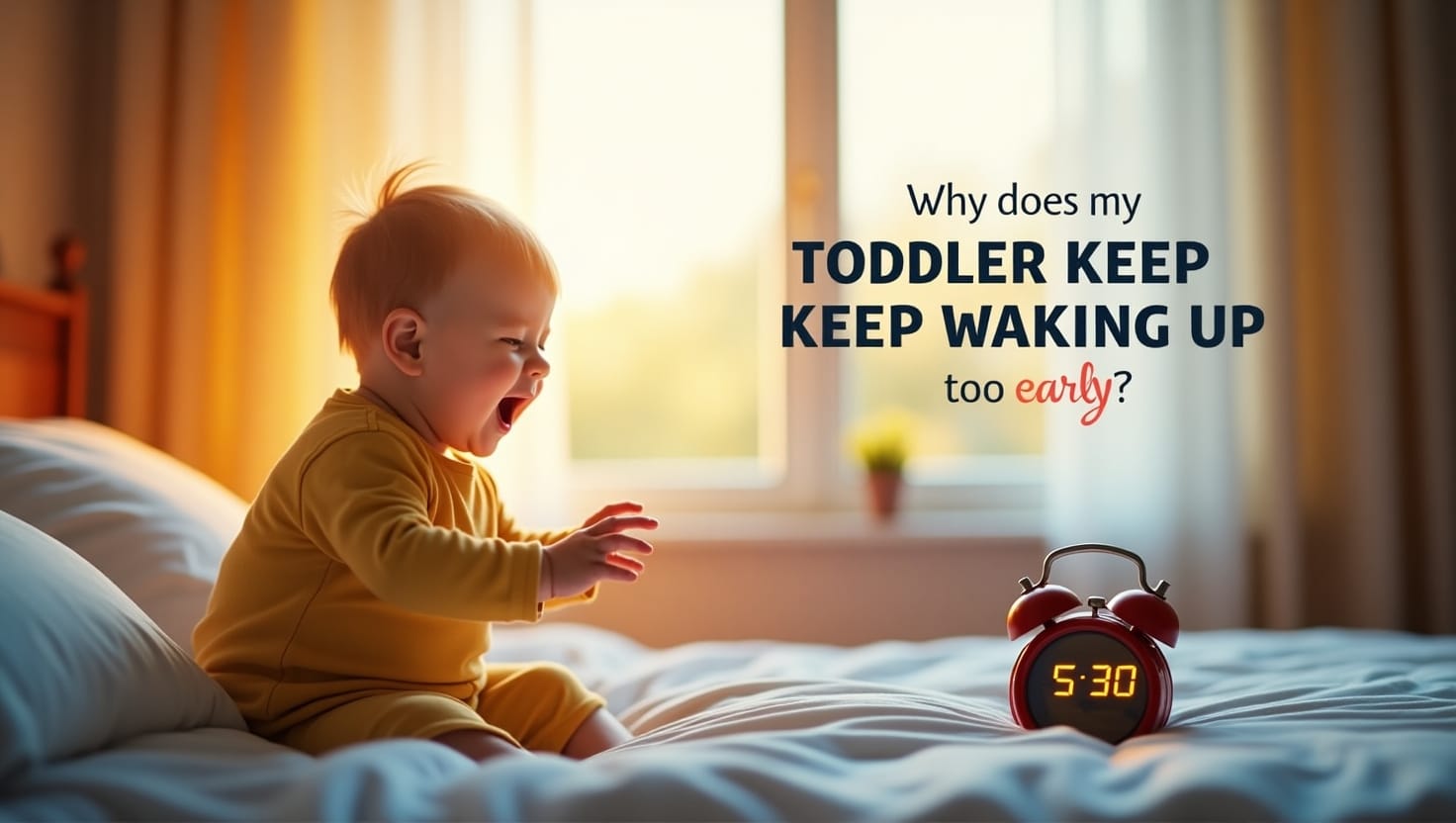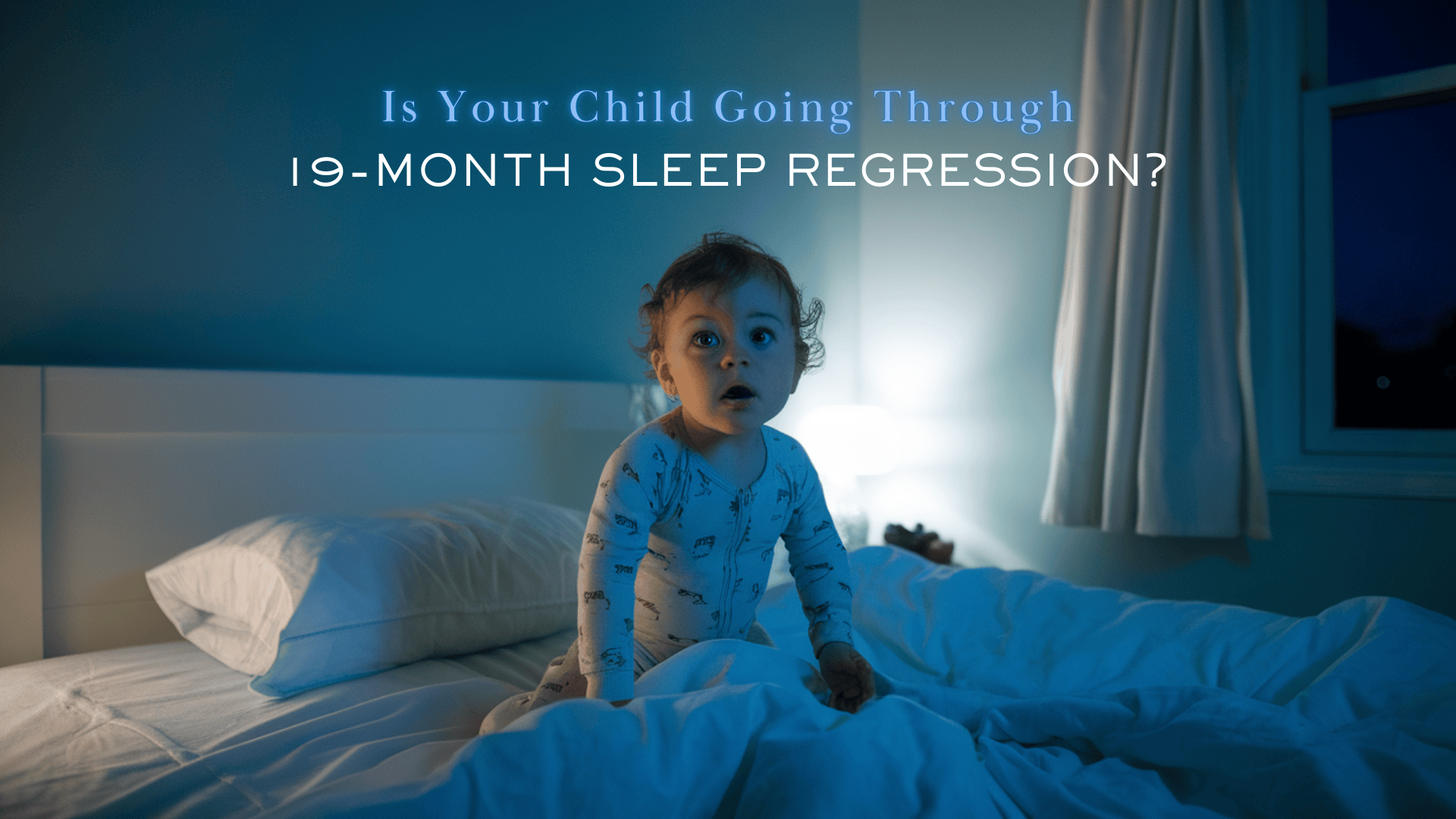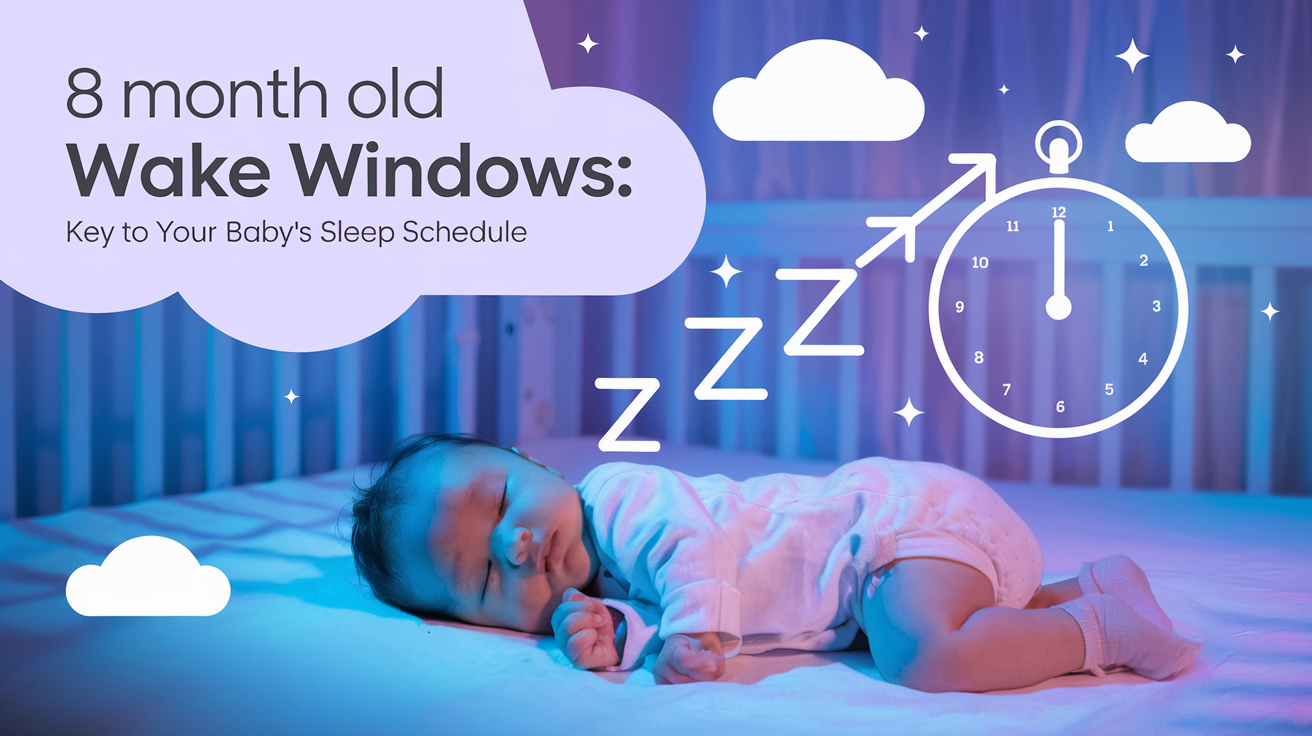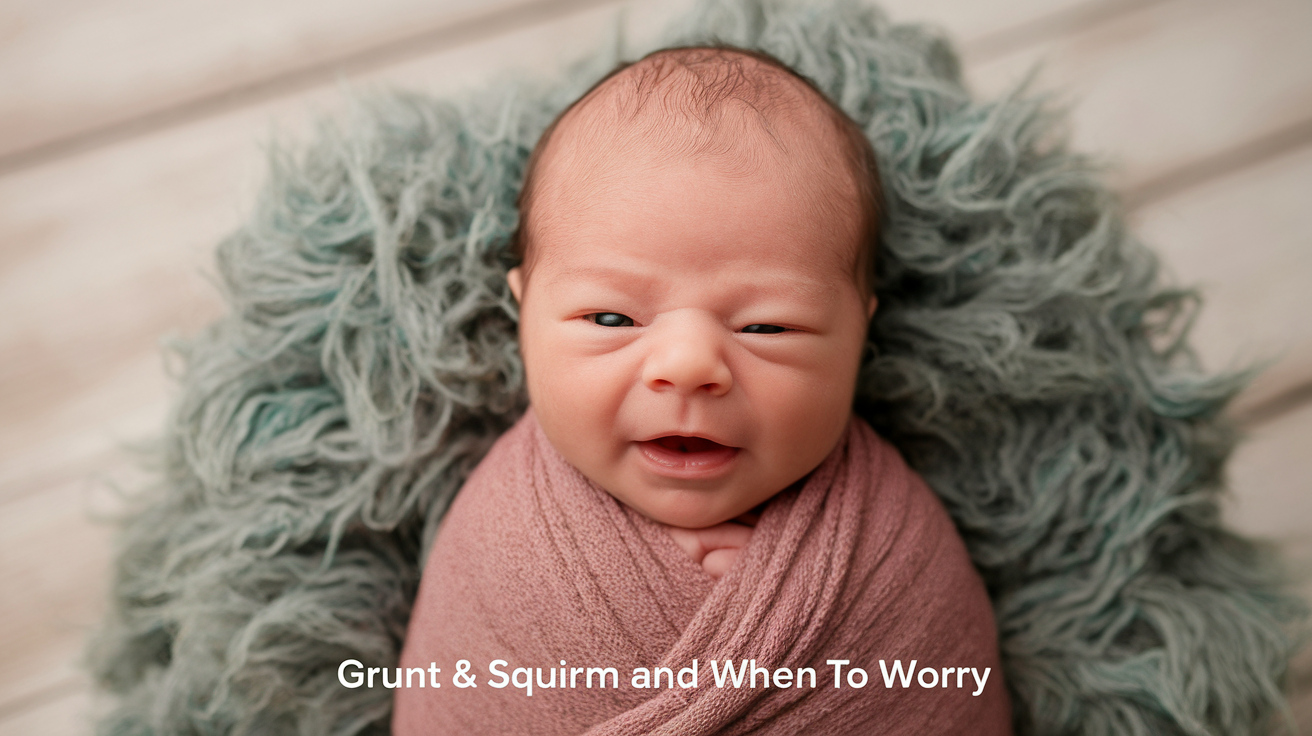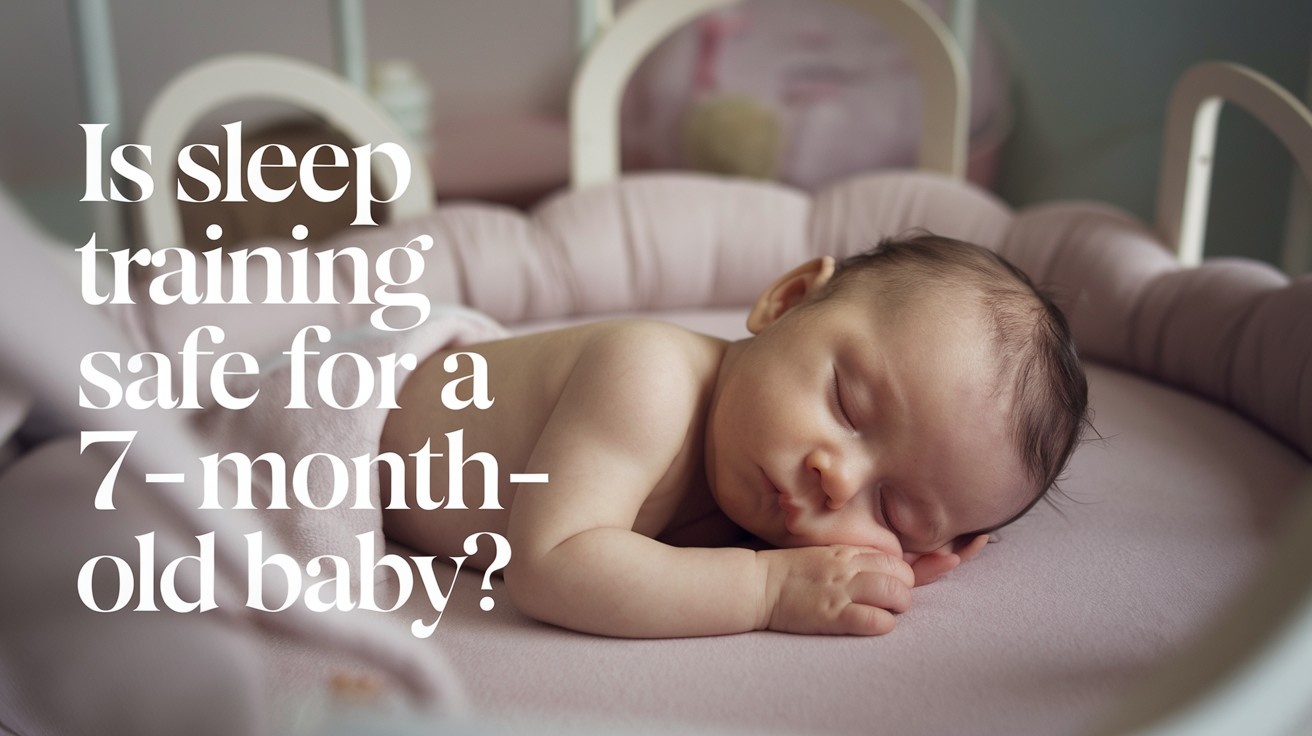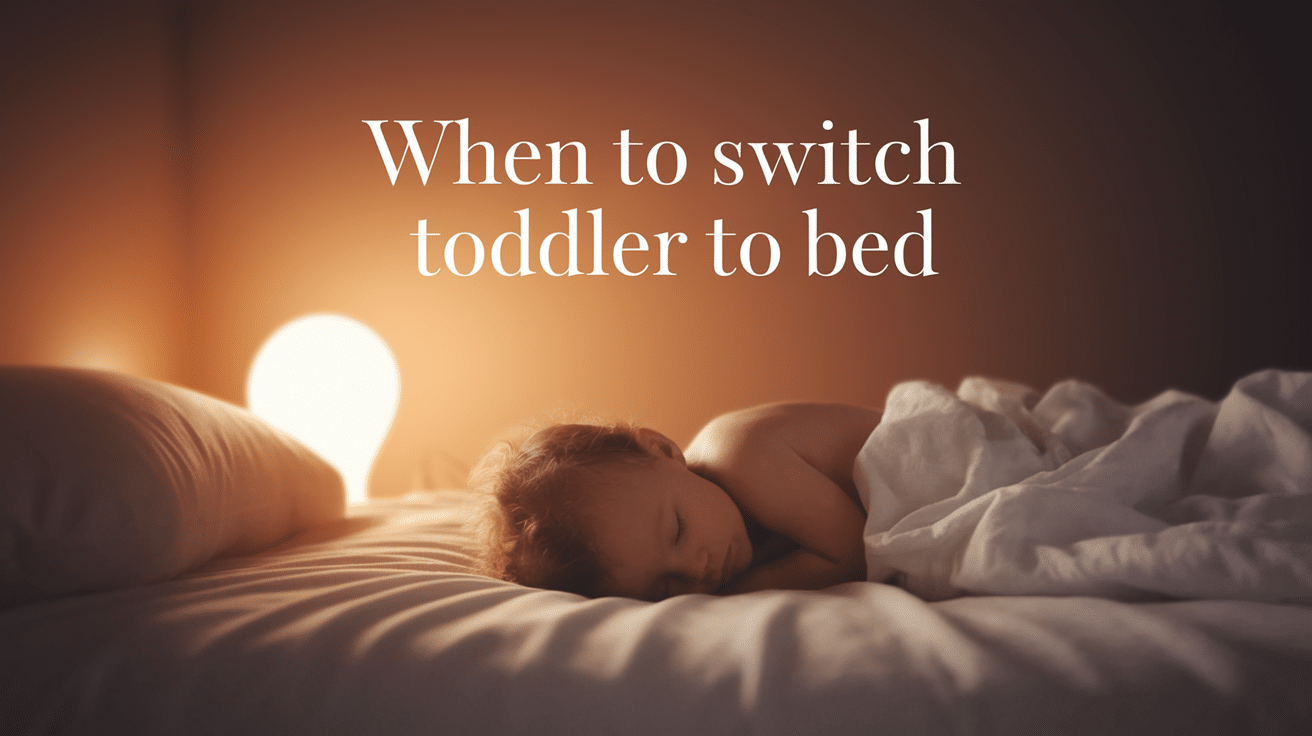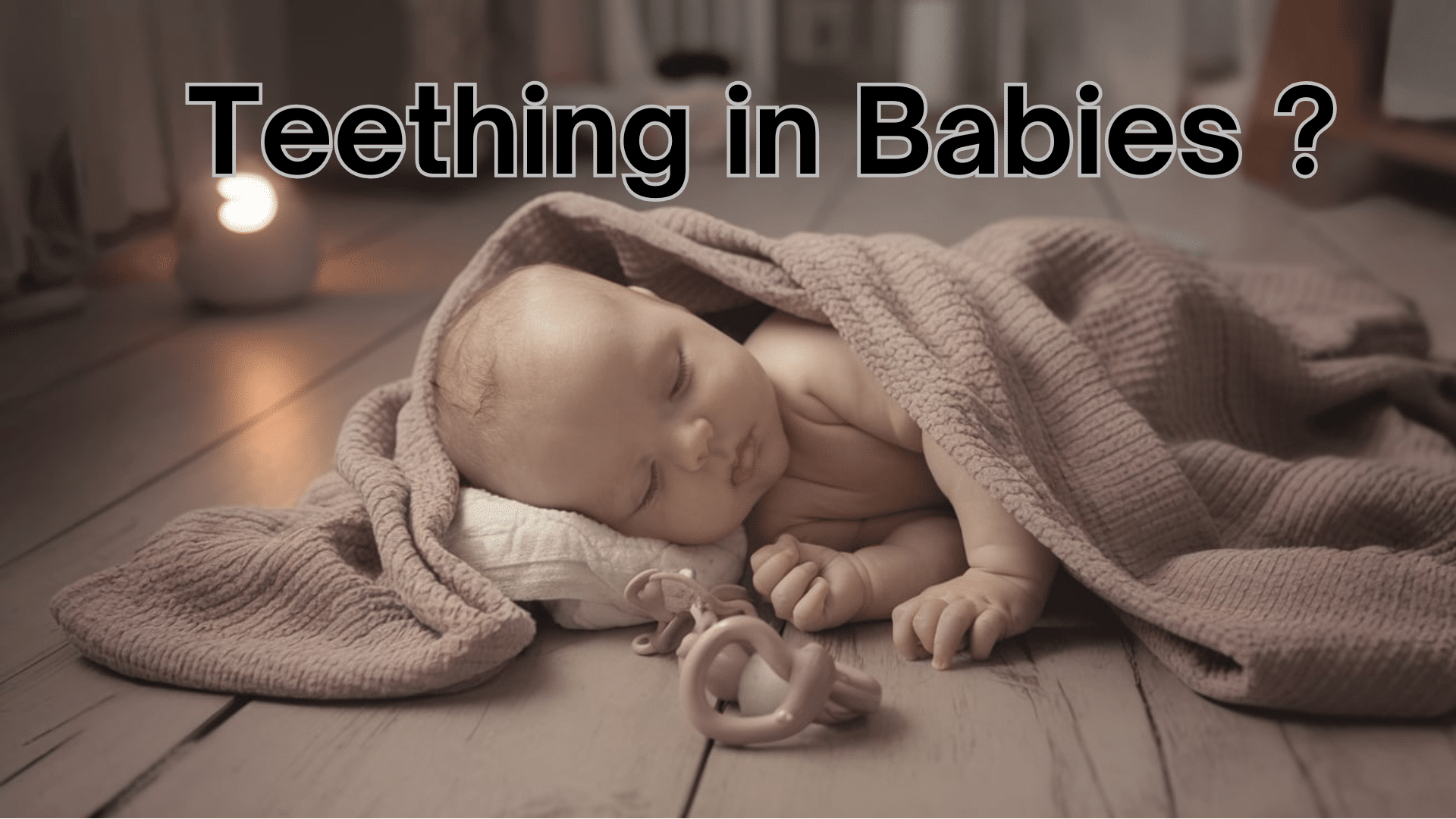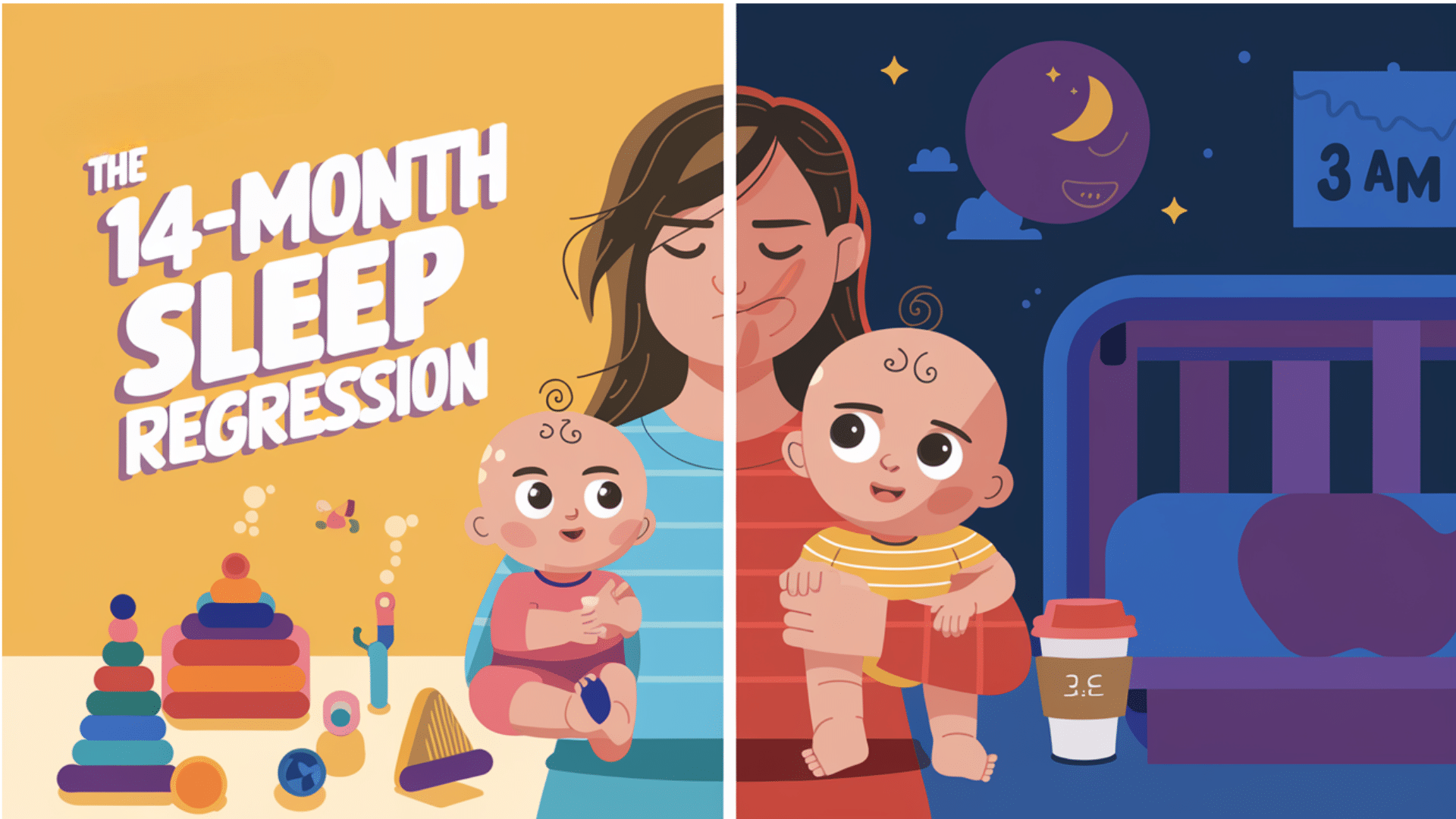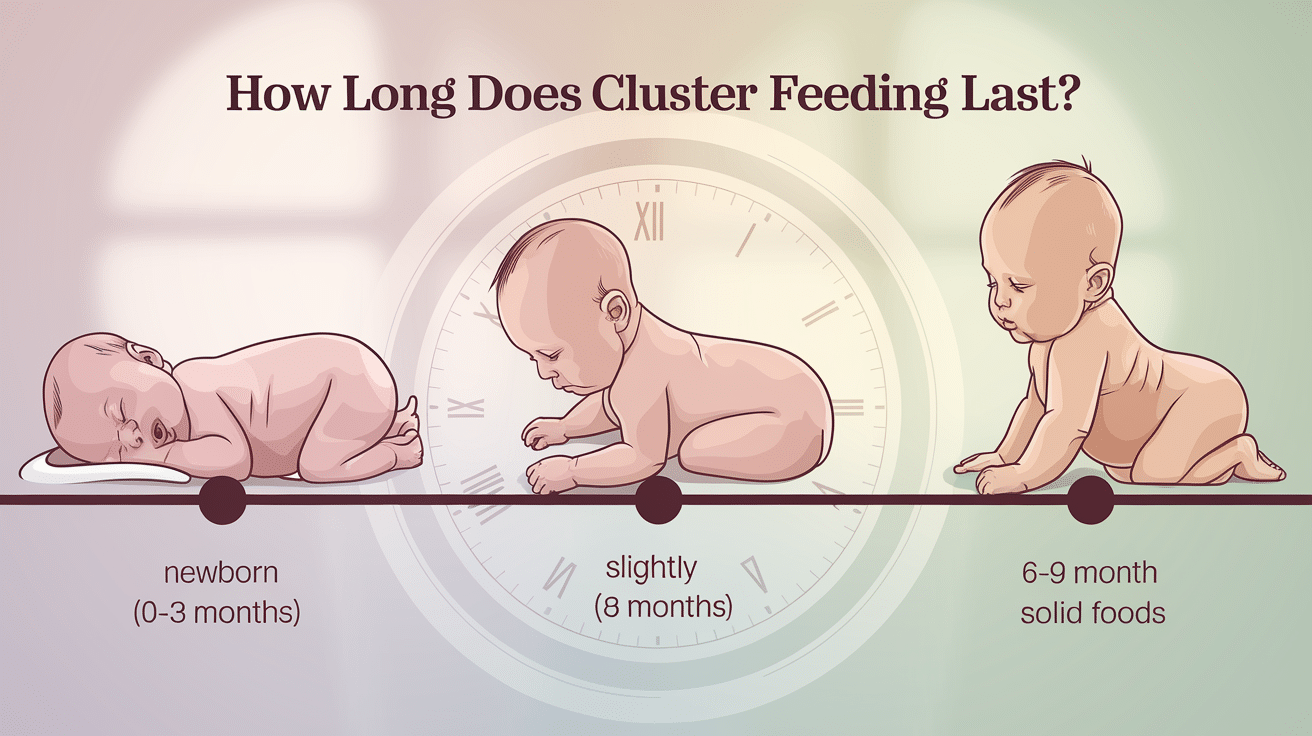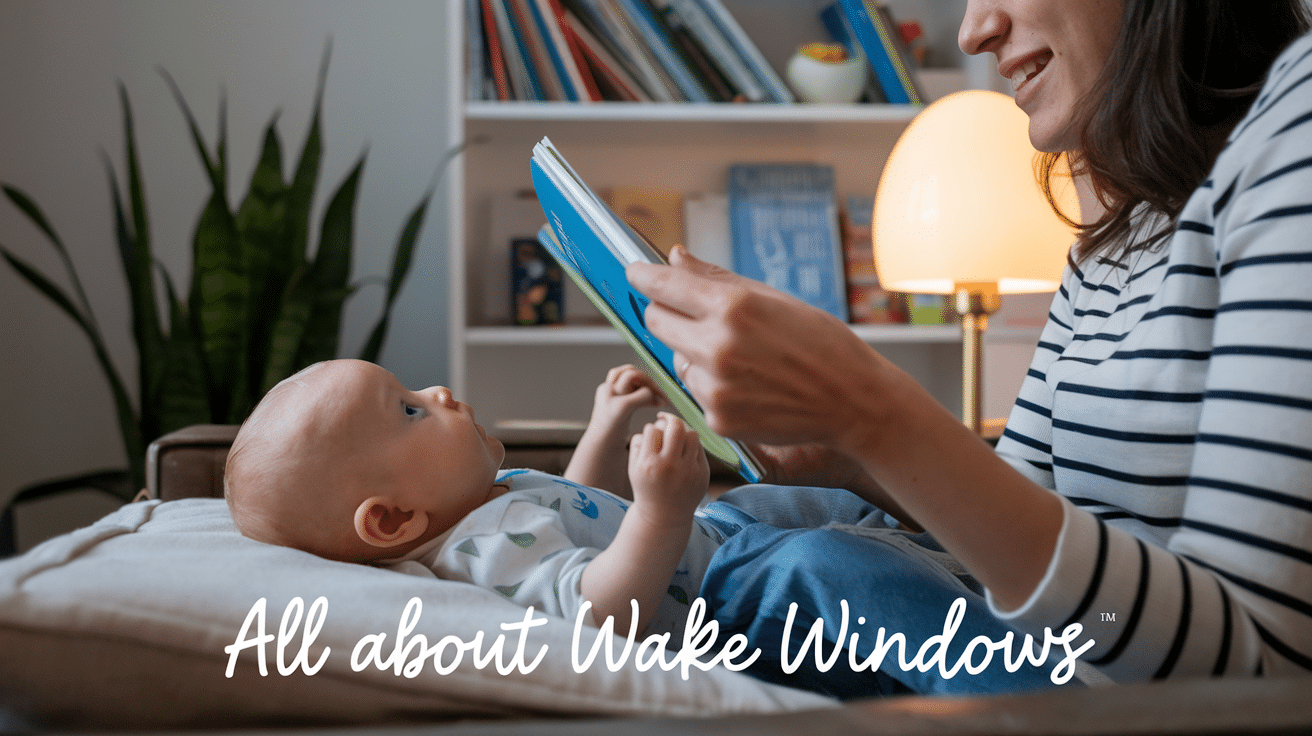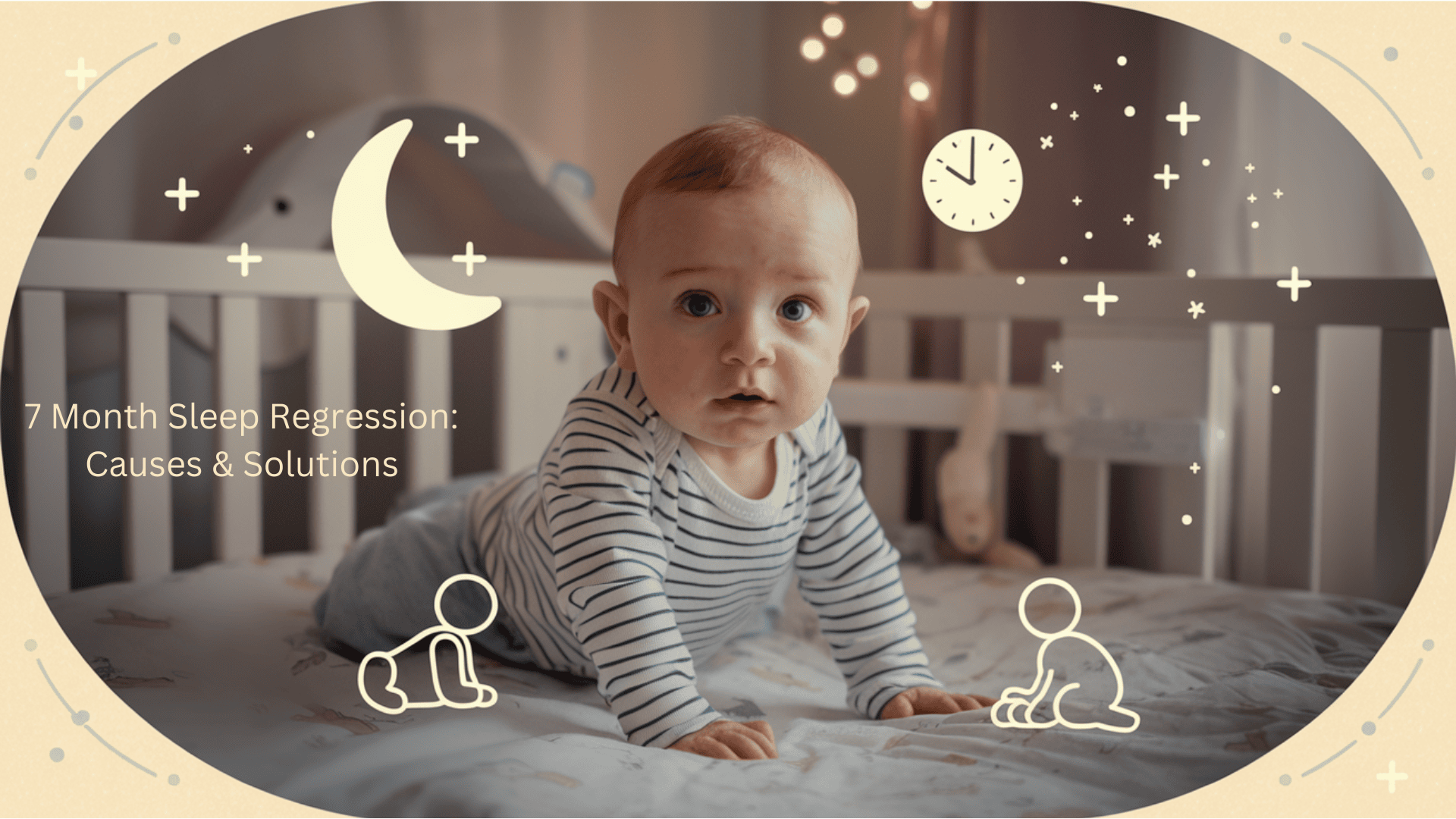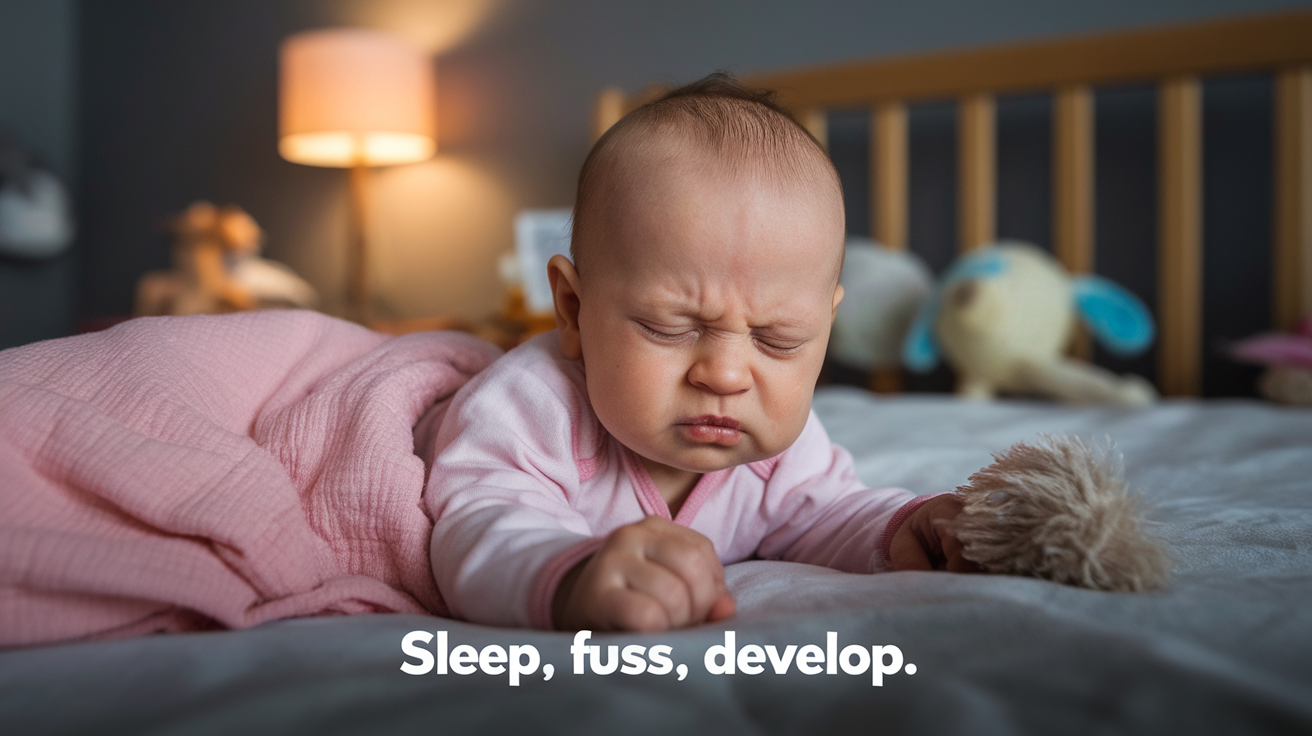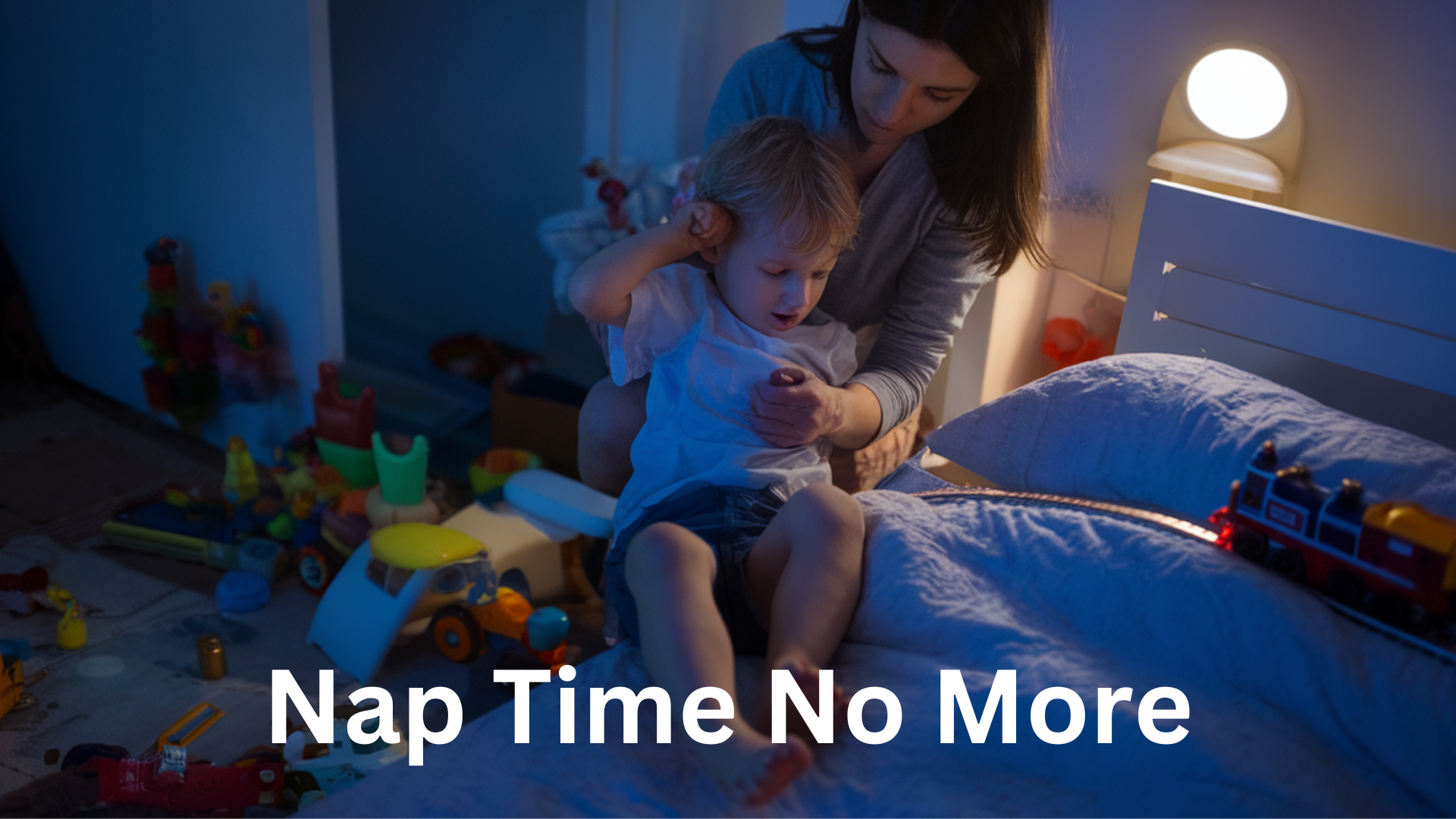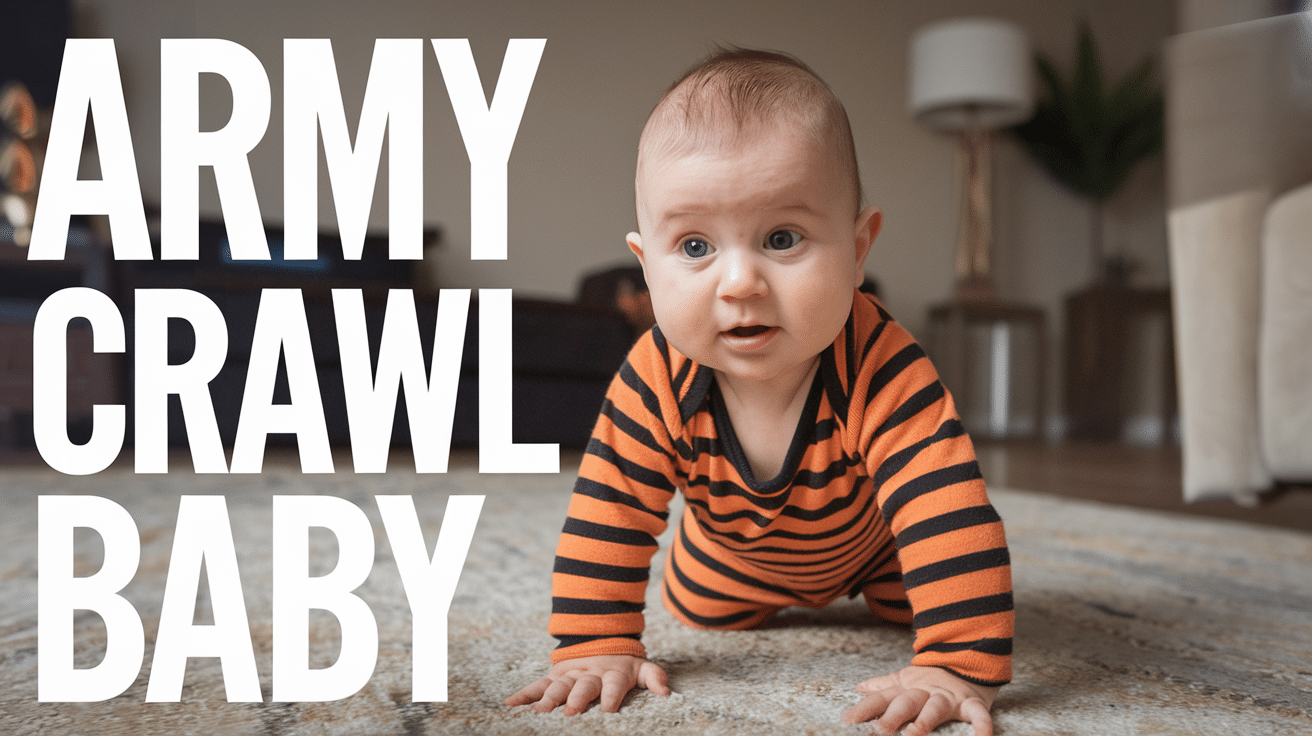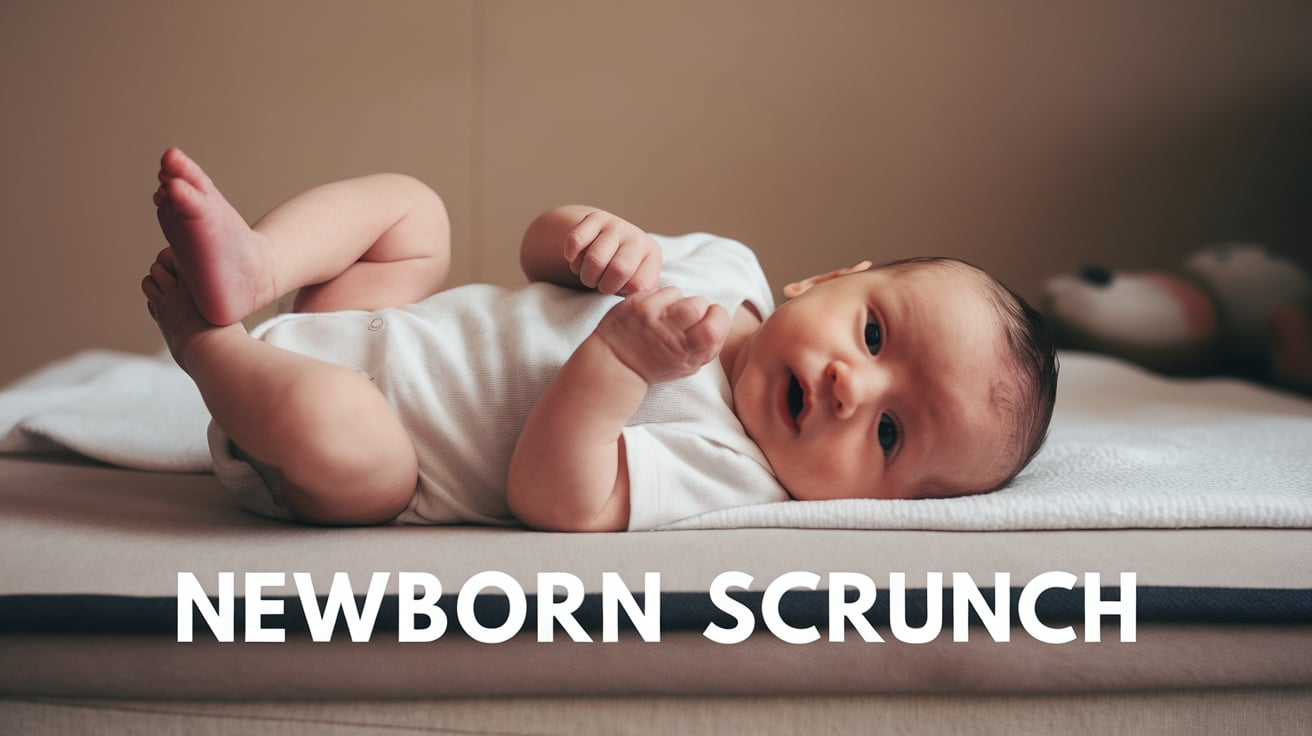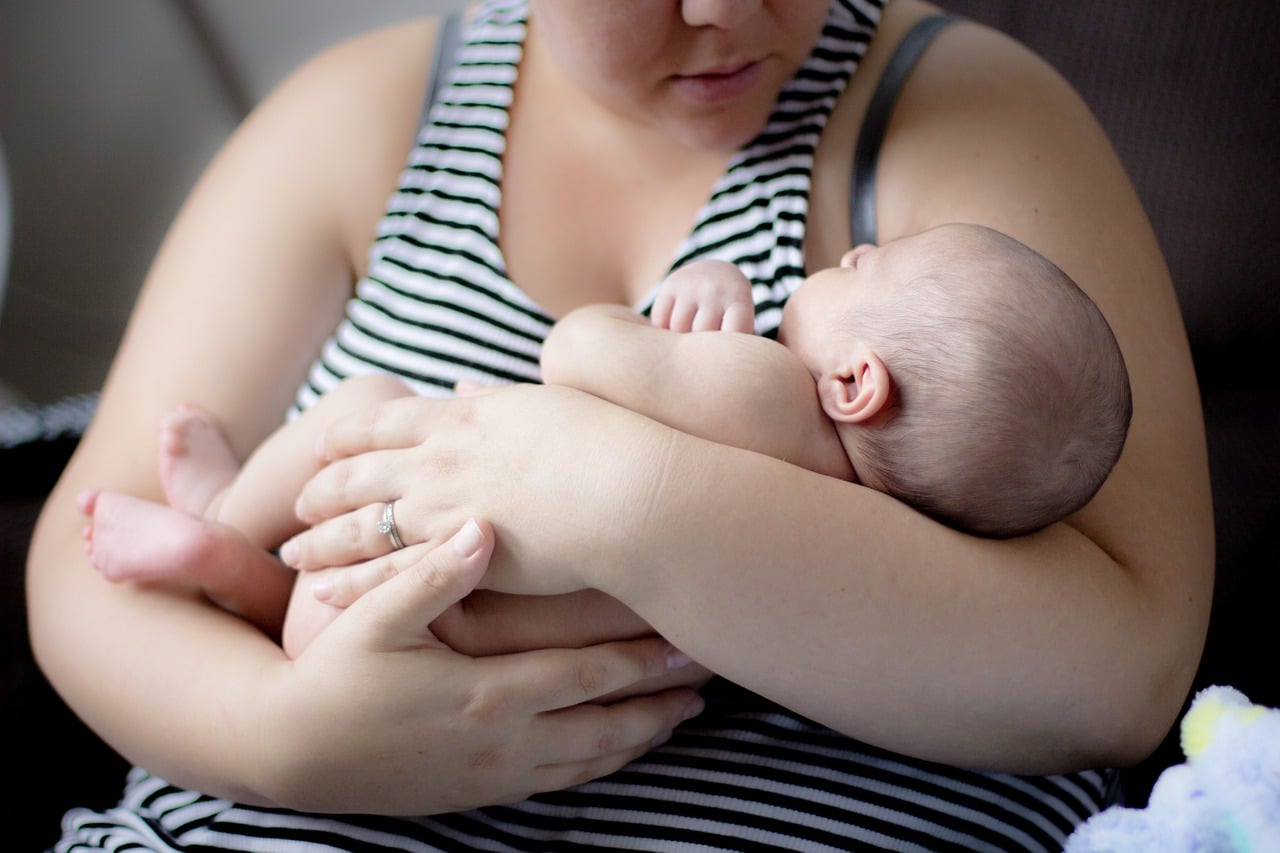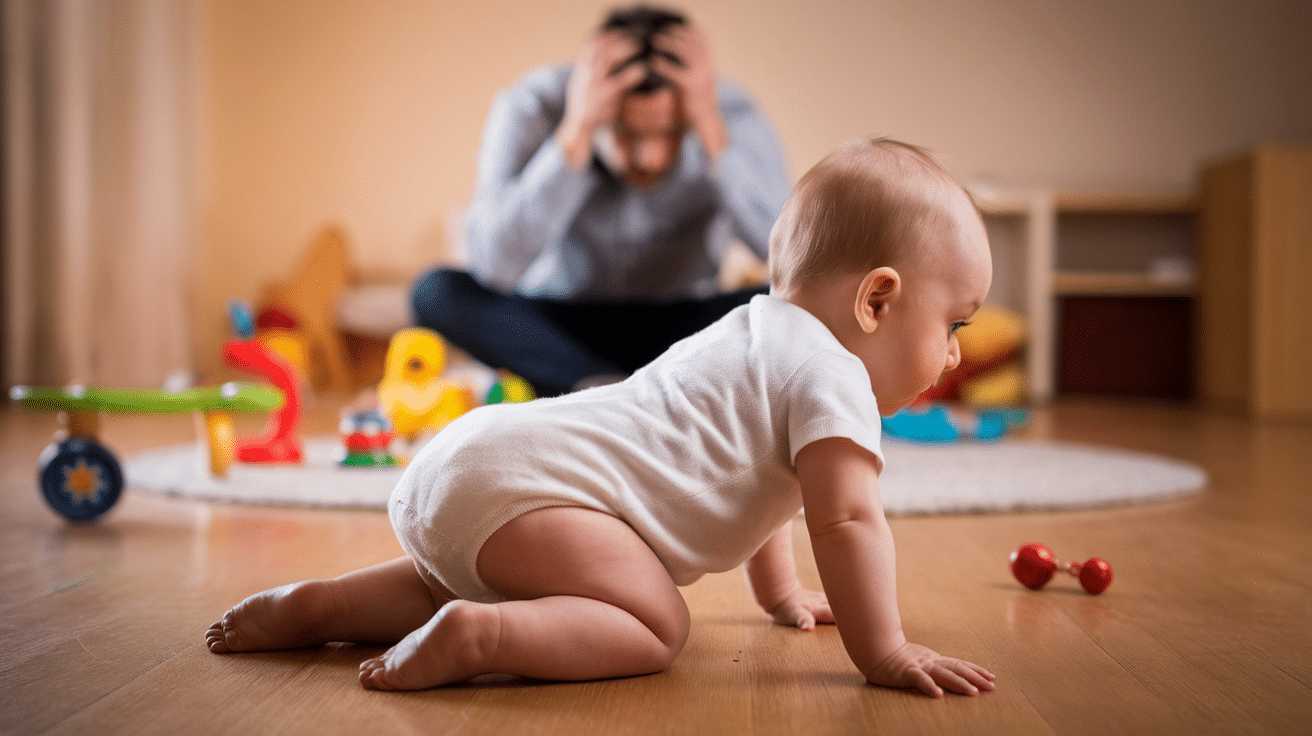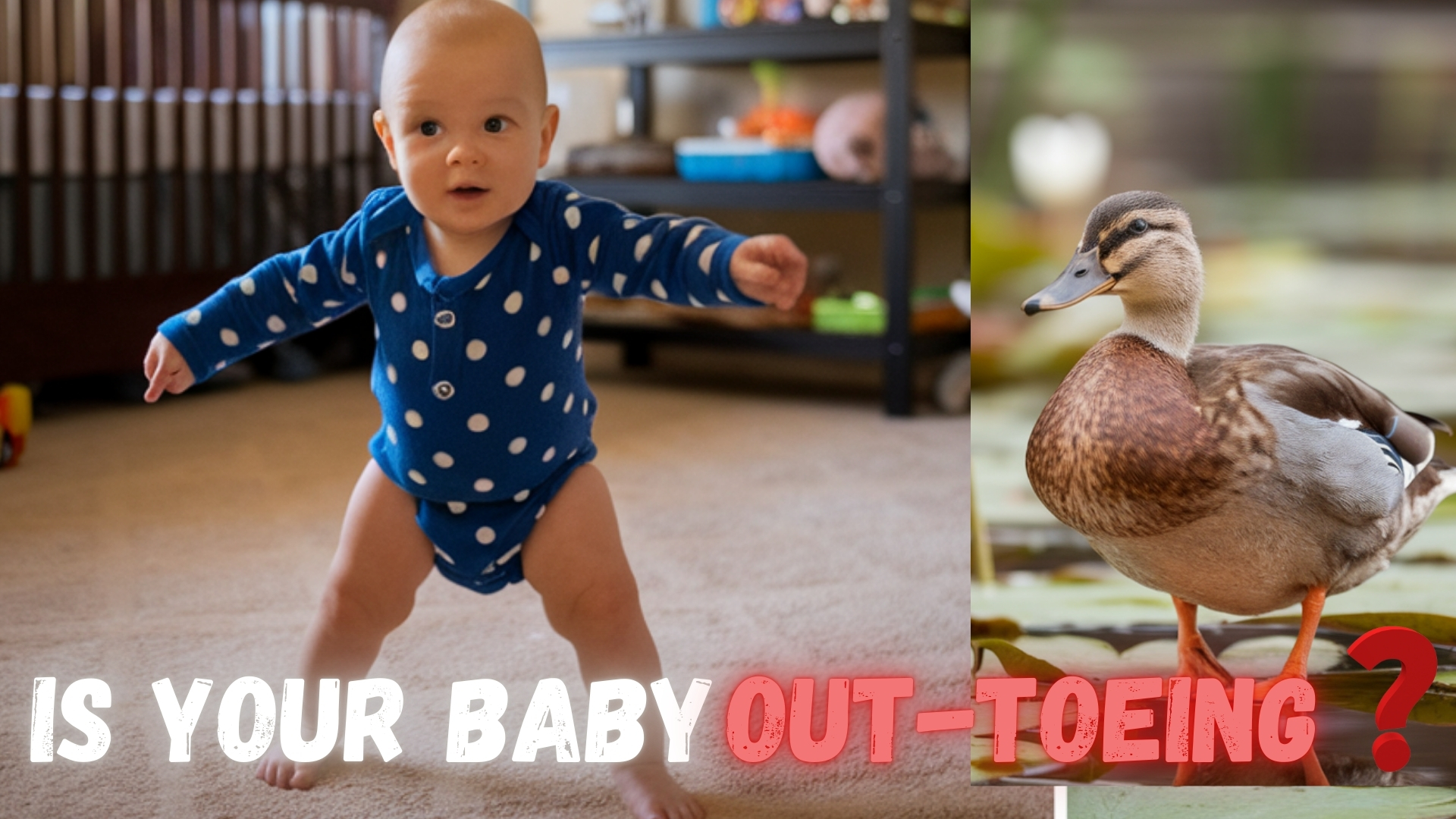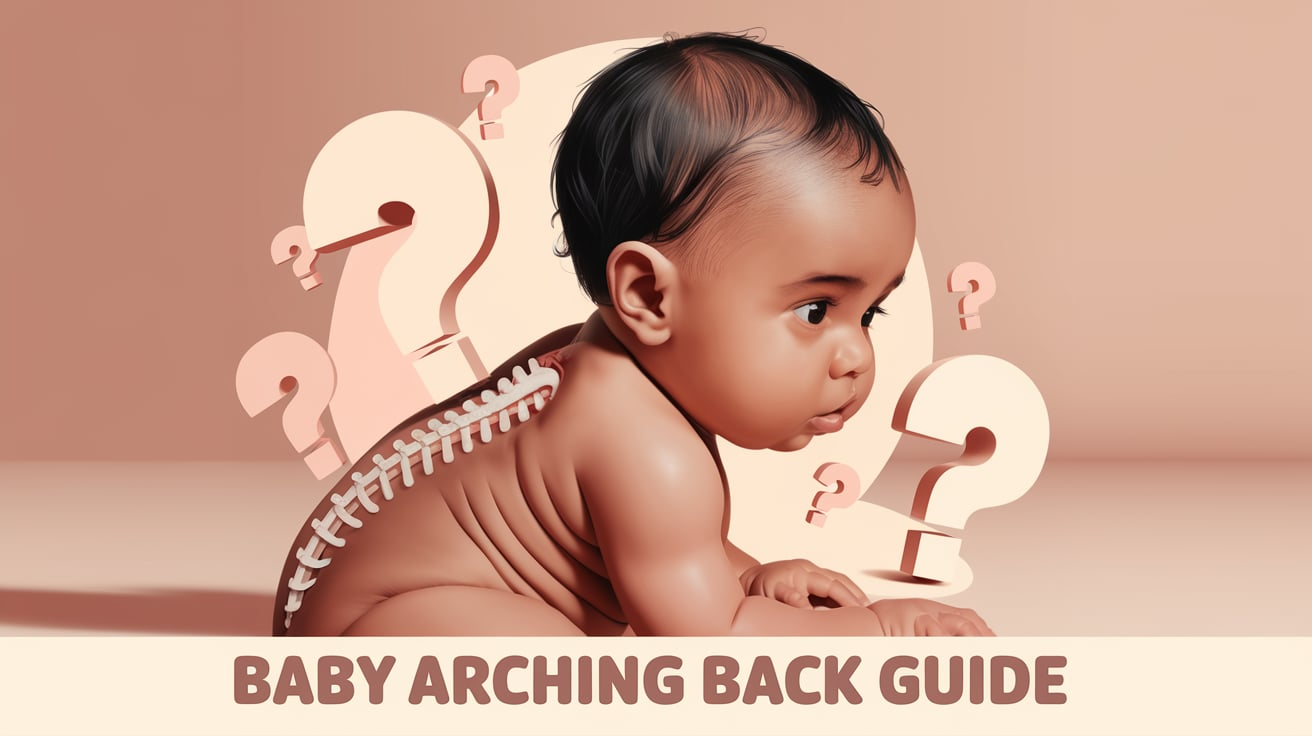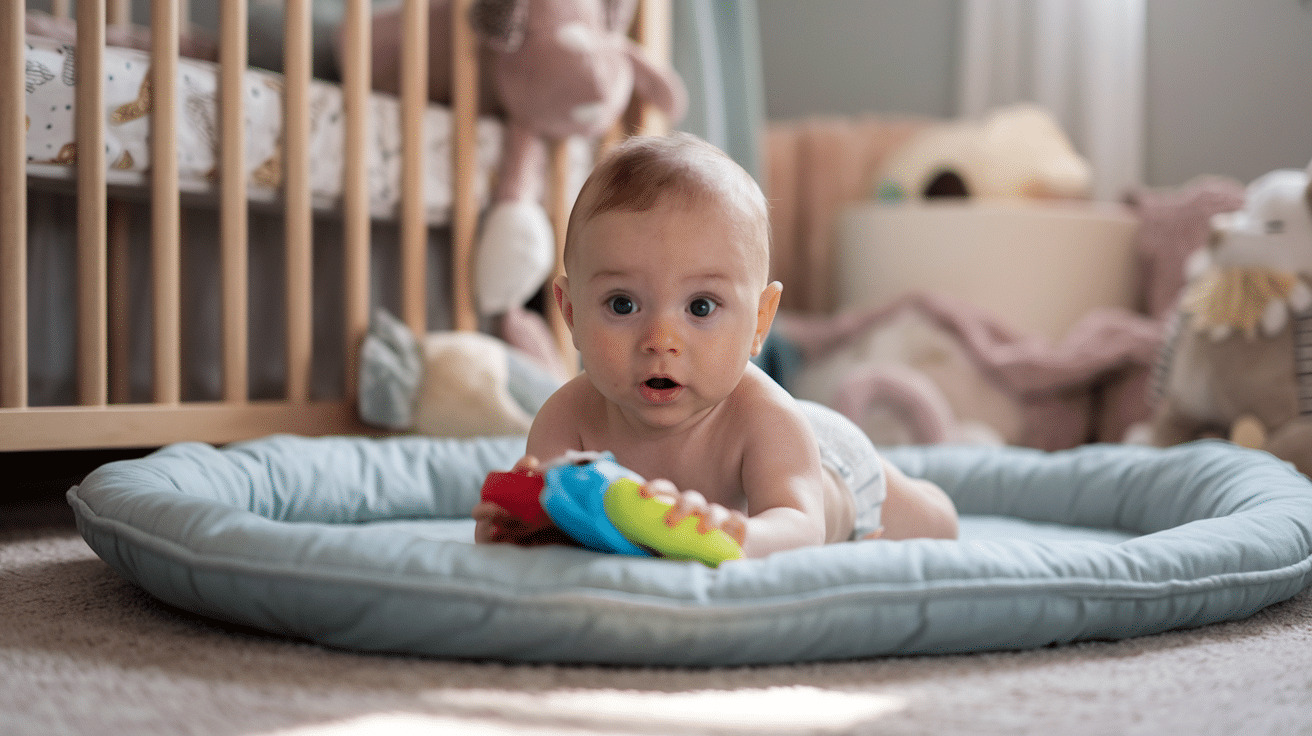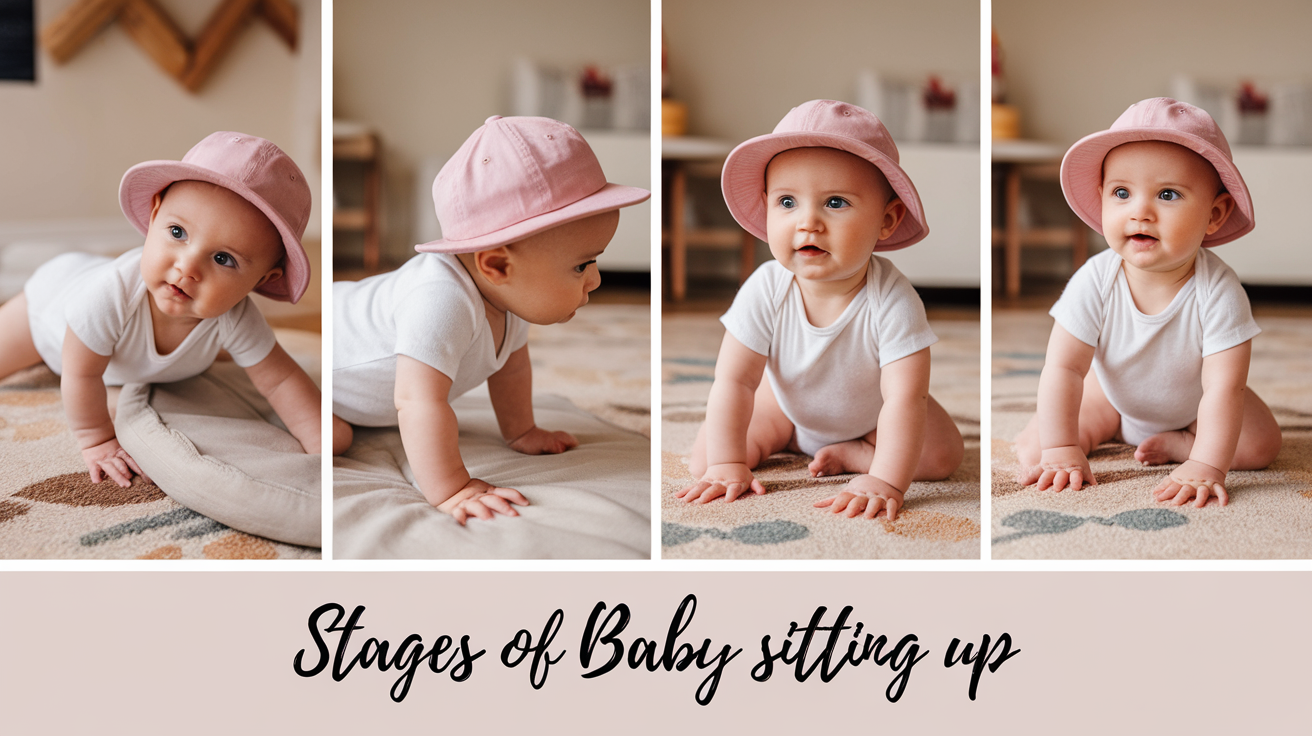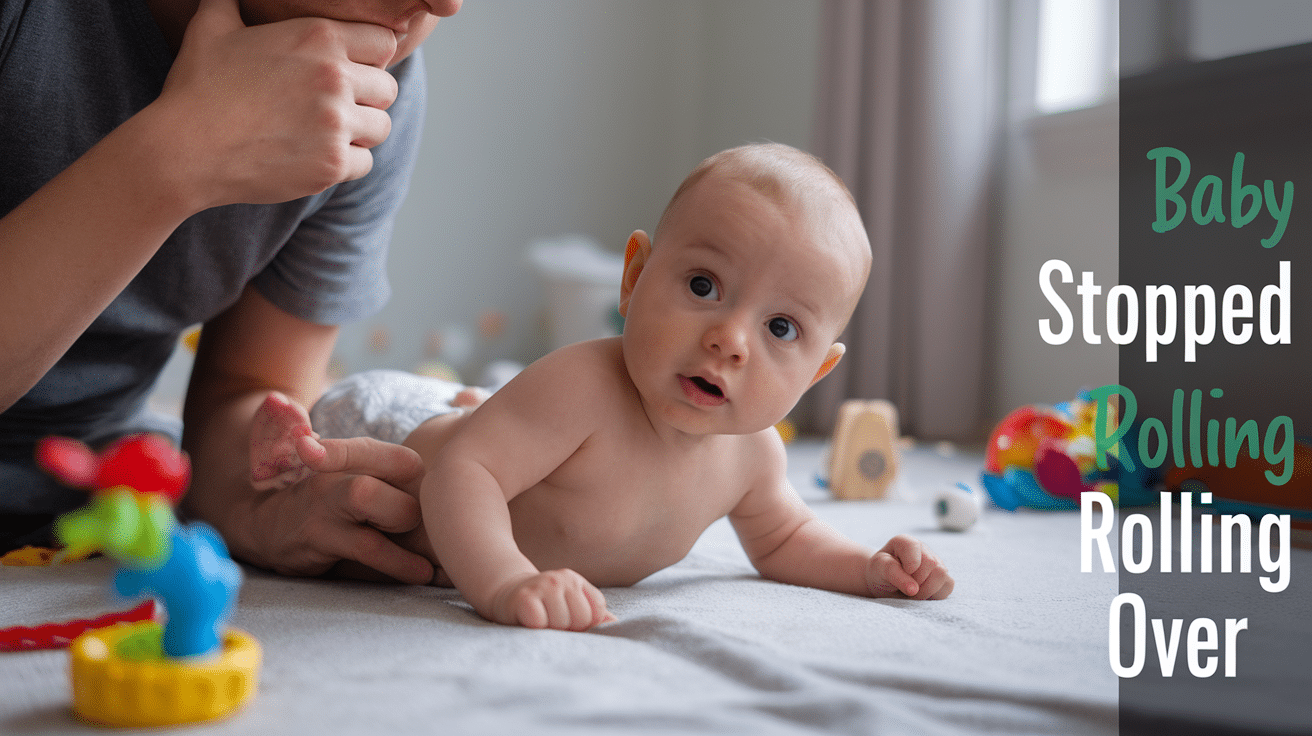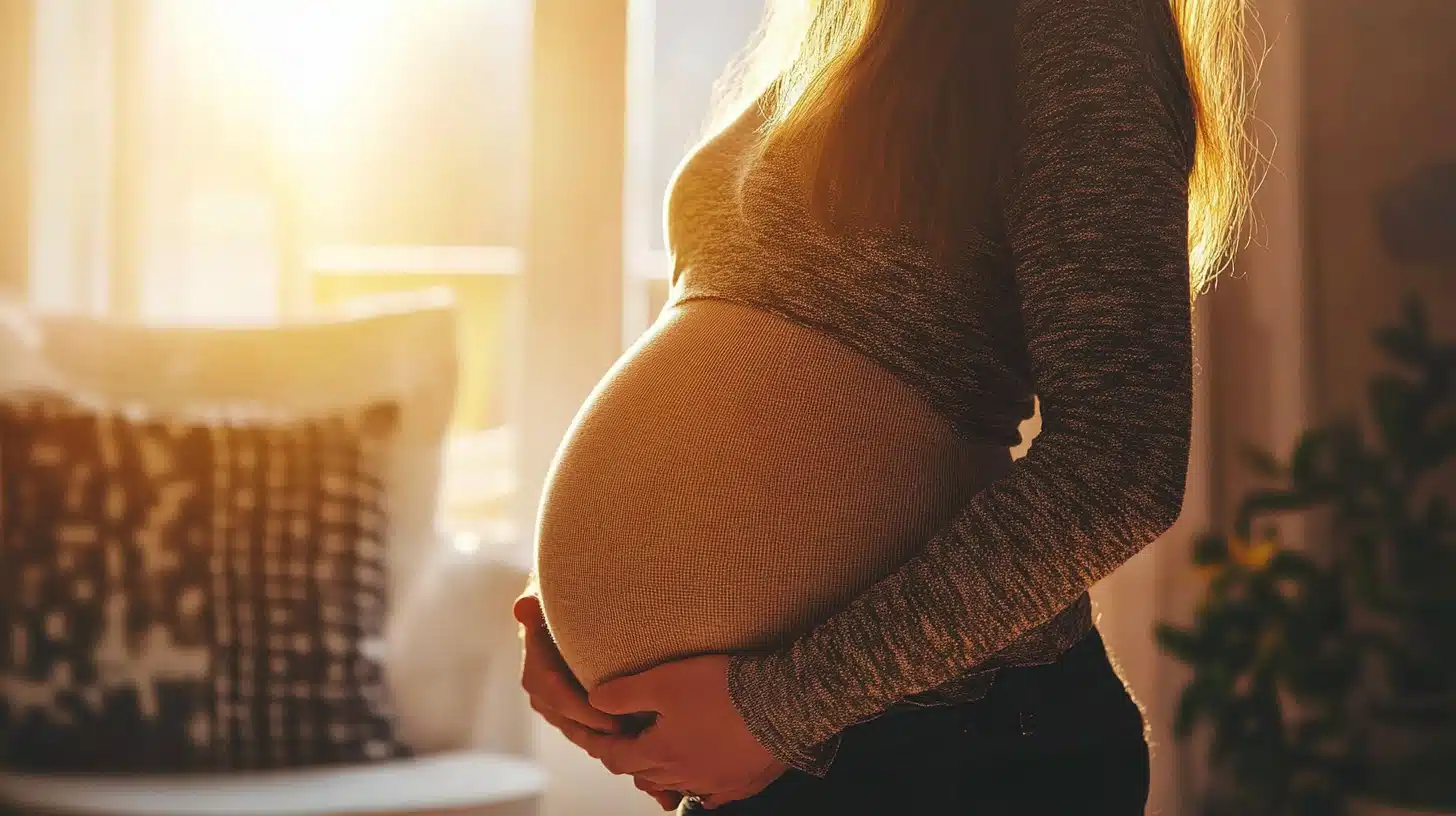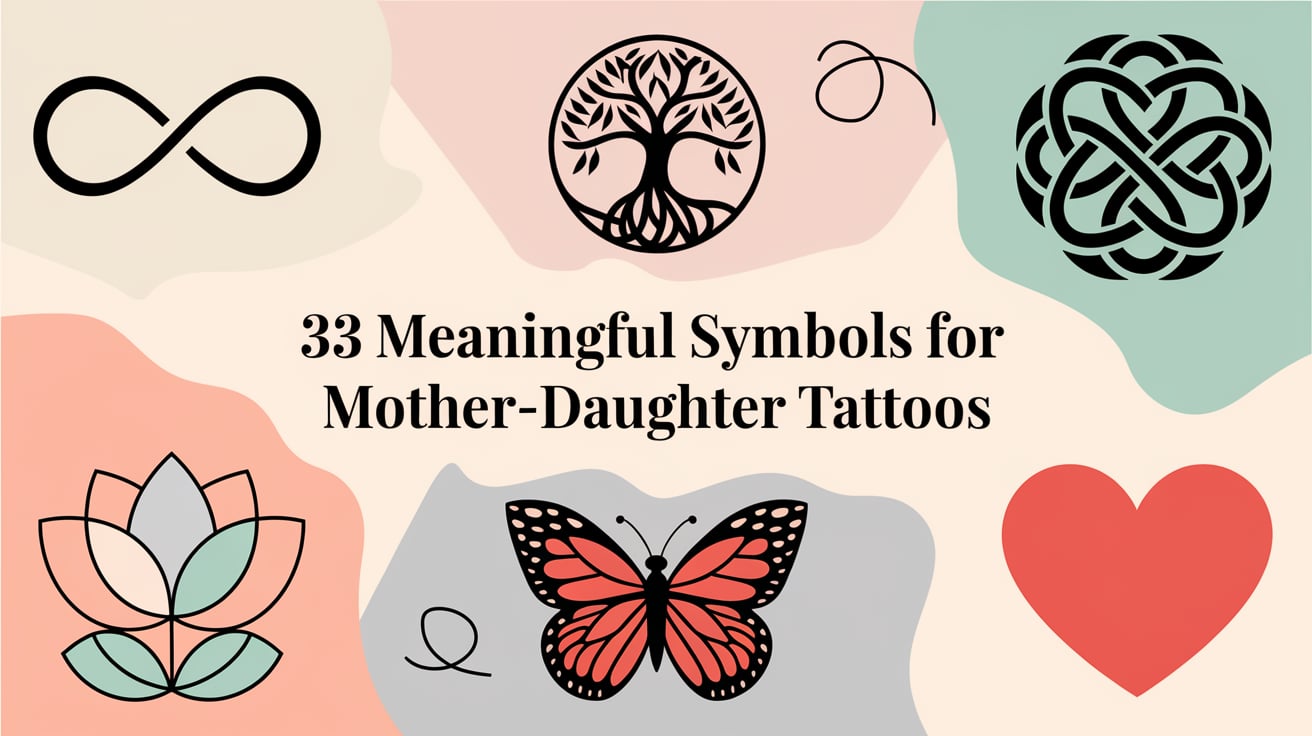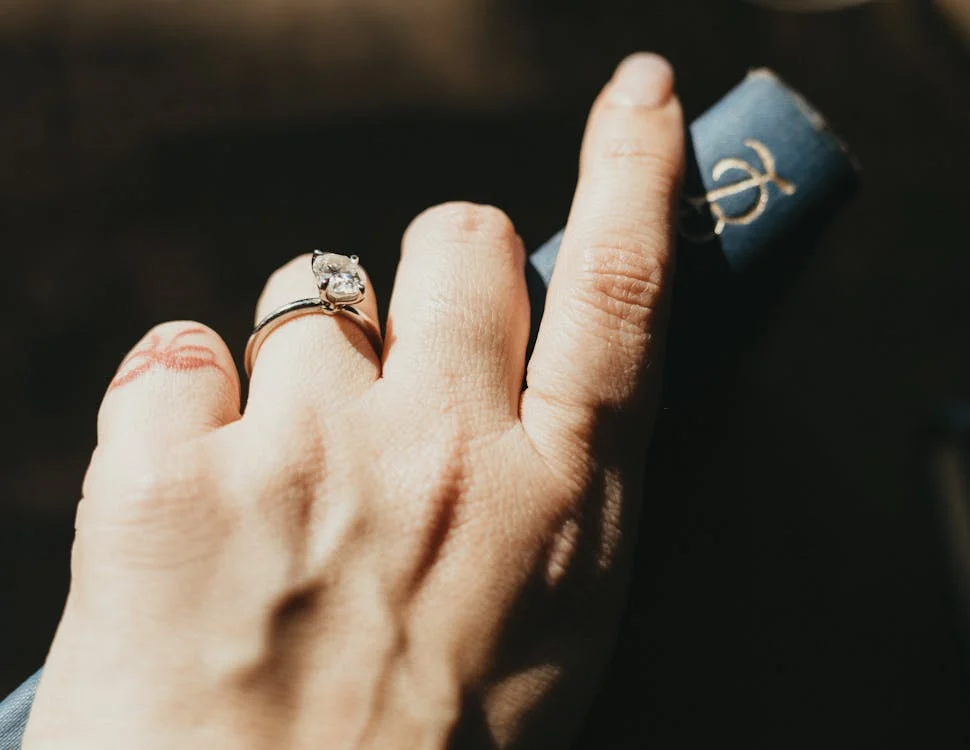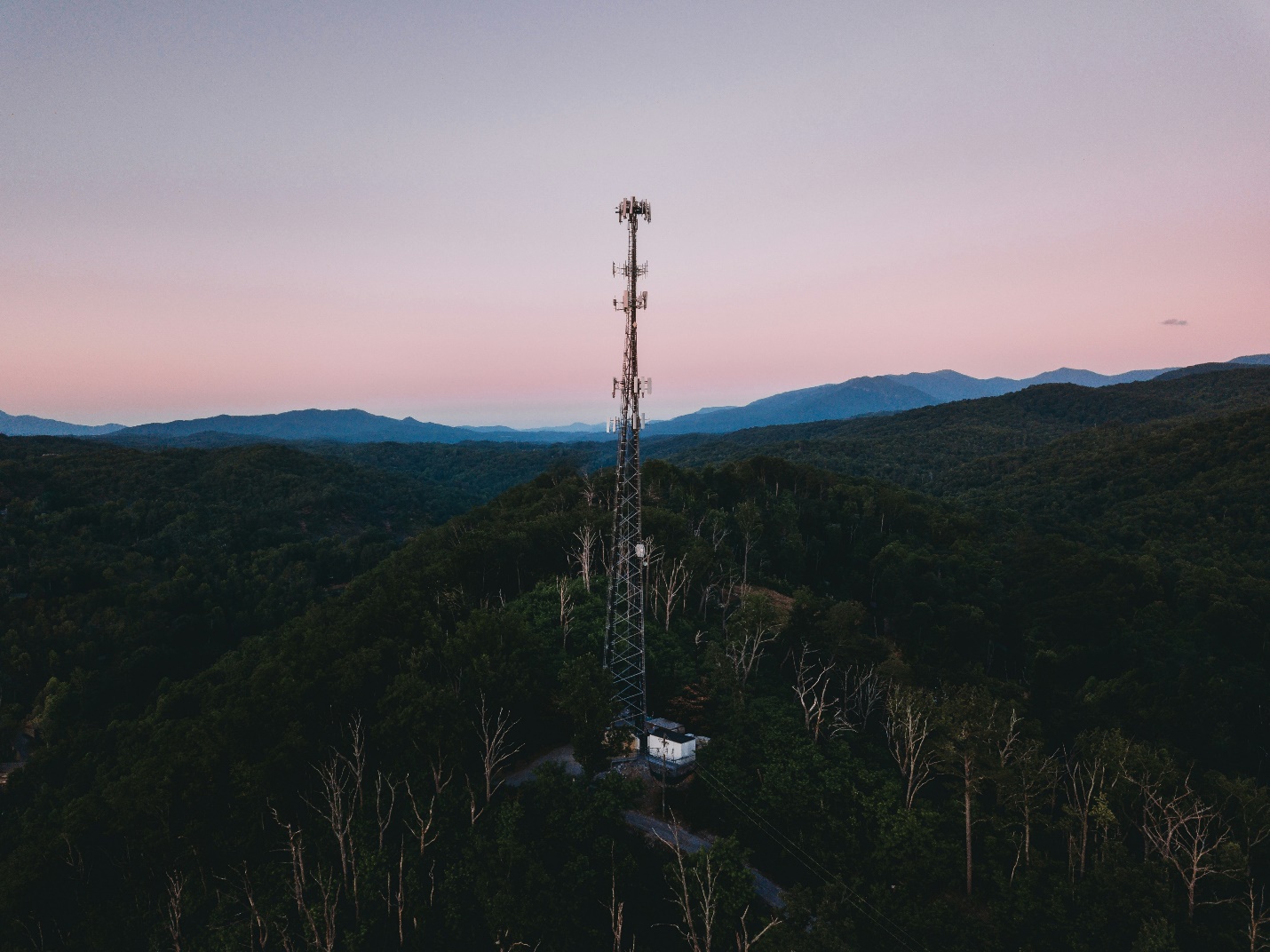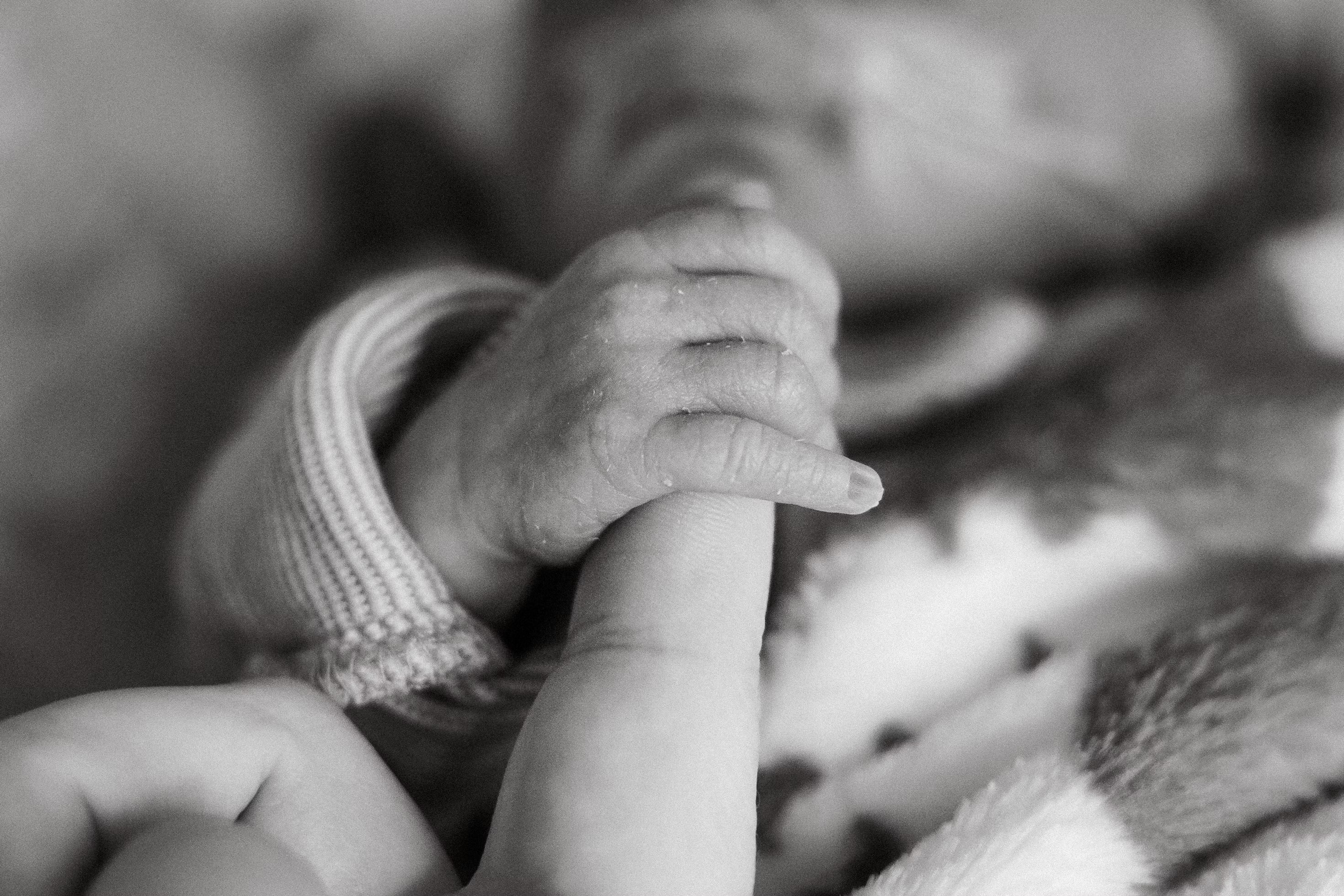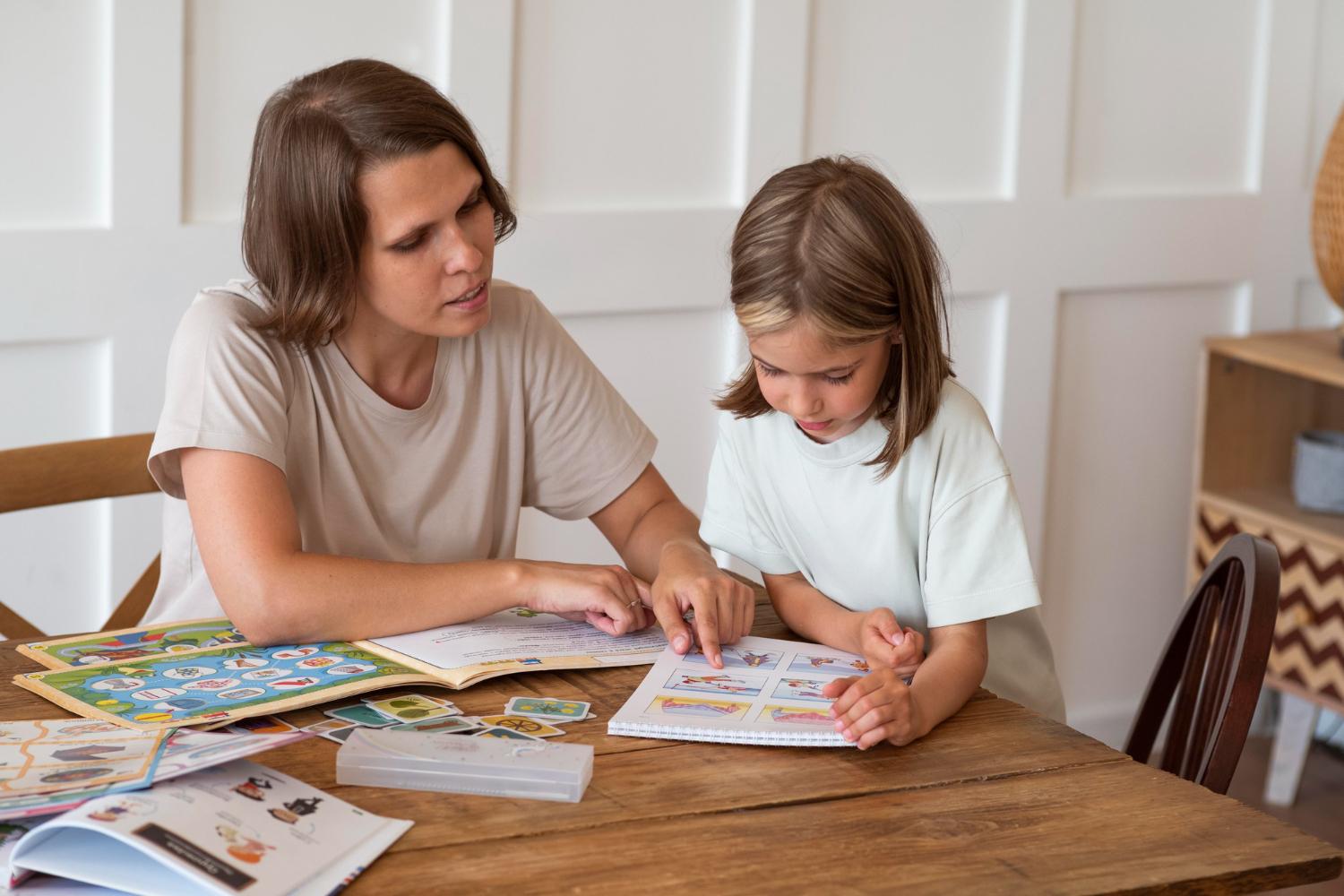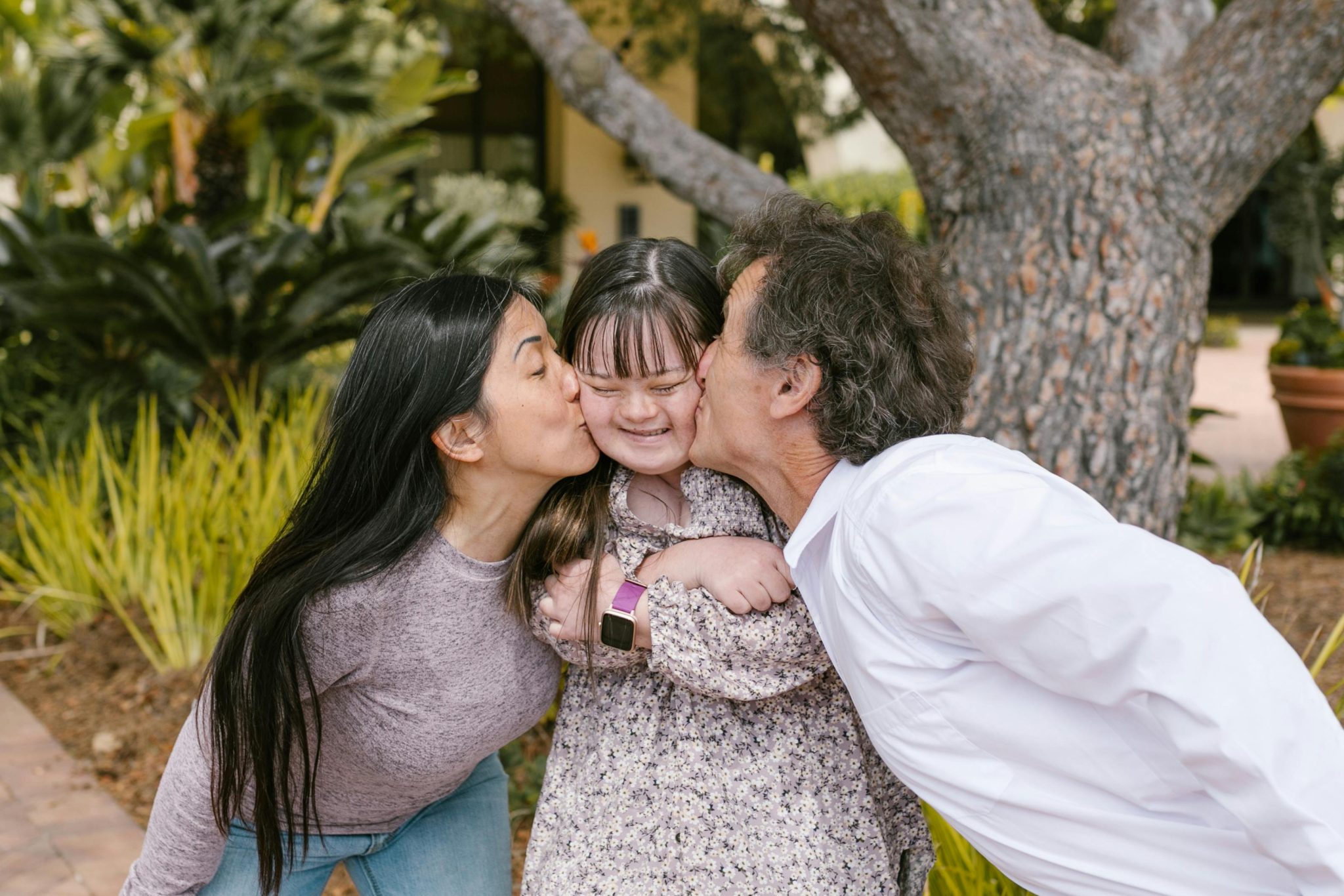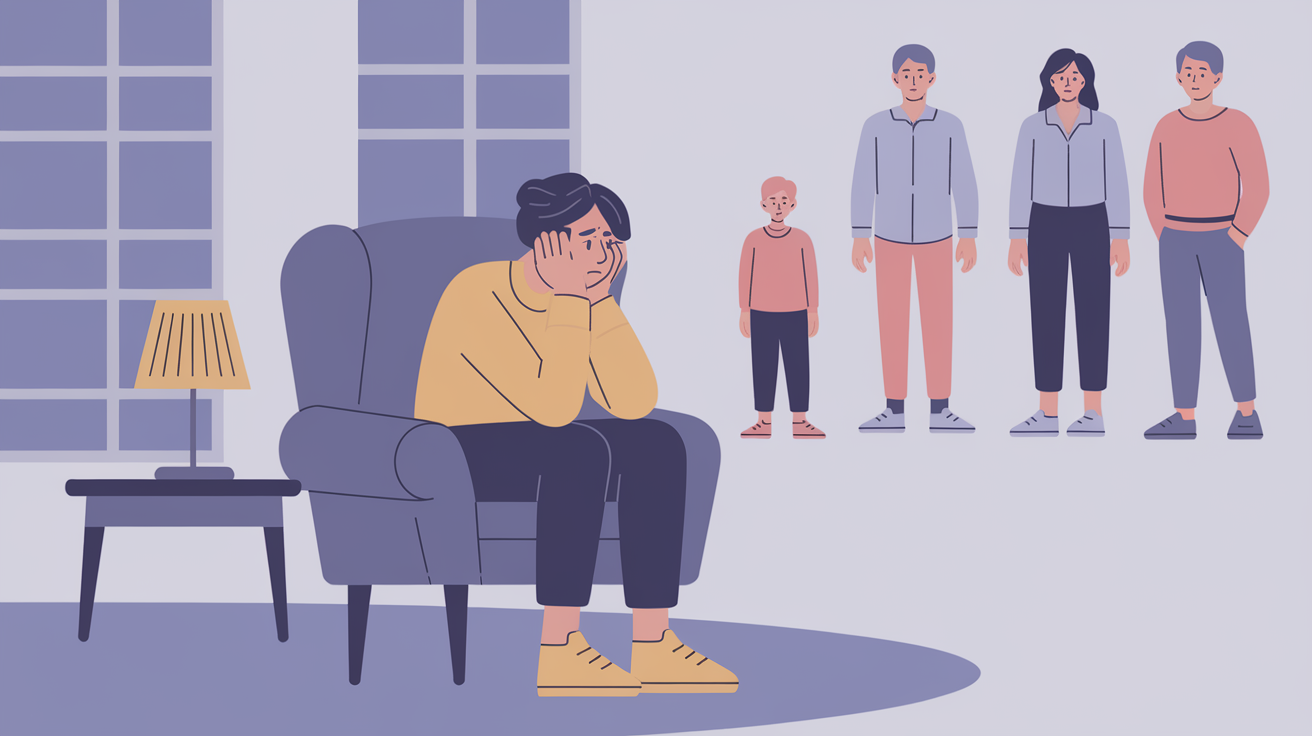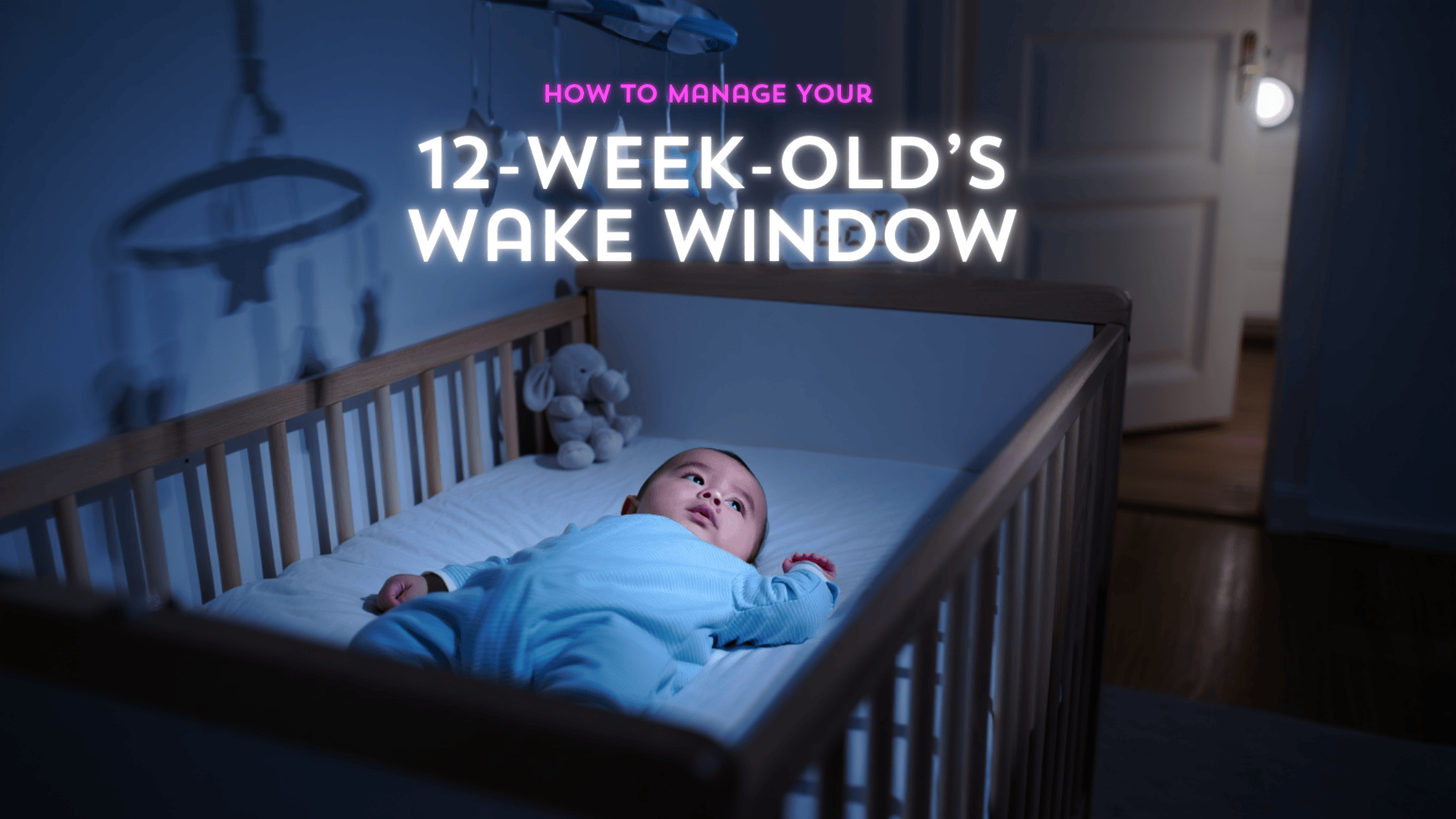
Are you constantly wondering why your 12-week-old baby fights sleep, takes short naps, or wakes up cranky? The secret weapon you might be missing is understanding wake windows.
That magical period when your baby can comfortably stay awake is more critical than many parents realize.
At 12 weeks, your baby is hitting a developmental sweet spot where sleep patterns are emerging but haven’t fully matured—making this the perfect time to dial in their schedule.
Getting wake windows right can transform your days from exhausting chaos to predictable (well, somewhat predictable) calm.
Mastering the 12-Week-Old Wake Window

A wake window is simply the amount of time your baby can comfortably stay awake between sleep periods. Think of it as your baby’s personal sweet spot—not too tired, not too alert.
What is the Wake Window for a 12-Week-Old Baby?
By 12 weeks, most babies can handle being awake for about 60 to 90 minutes at a stretch. Some more alert or energetic babies might even push it to 120 minutes, especially later in the day.
But here’s the thing—your baby didn’t read the baby books. These times are averages, not rules carved in stone. Your little one might need shorter wake periods if they’re going through a growth spurt or longer ones if they’re particularly engaged or curious. The key is watching your baby, not just the clock.
What Makes the 12-Week Mark So Special?
Something magical happens around 12 weeks. Your baby’s internal clock starts to get with the program! Their circadian rhythm—that internal timekeeper that helps regulate sleep and wake cycles—begins to develop in a more organized way. This is why many parents notice their baby suddenly starts sleeping longer stretches at night around this time.
Before 12 weeks, your baby’s sleep was pretty chaotic. They’d sleep when tired, regardless of whether it was day or night.
But now, their body is starting to understand the difference between day and night. This happens because their brain begins producing melatonin (the sleep hormone) in response to darkness, helping them feel sleepy in the evening.
You might also notice more predictable patterns emerging in your baby’s behavior. Those random cat naps throughout the day often begin consolidating into more defined nap periods. It’s not perfect yet—we’re talking about a three-month-old, after all—but there’s usually a noticeable shift toward more organization.
This is why the 12-week mark is the perfect time to start paying closer attention to wake windows and sleep cues. Your baby’s developing sleep system is now ready to respond to consistent routines and appropriate timing.
Signs Your Baby Is Ready to Sleep
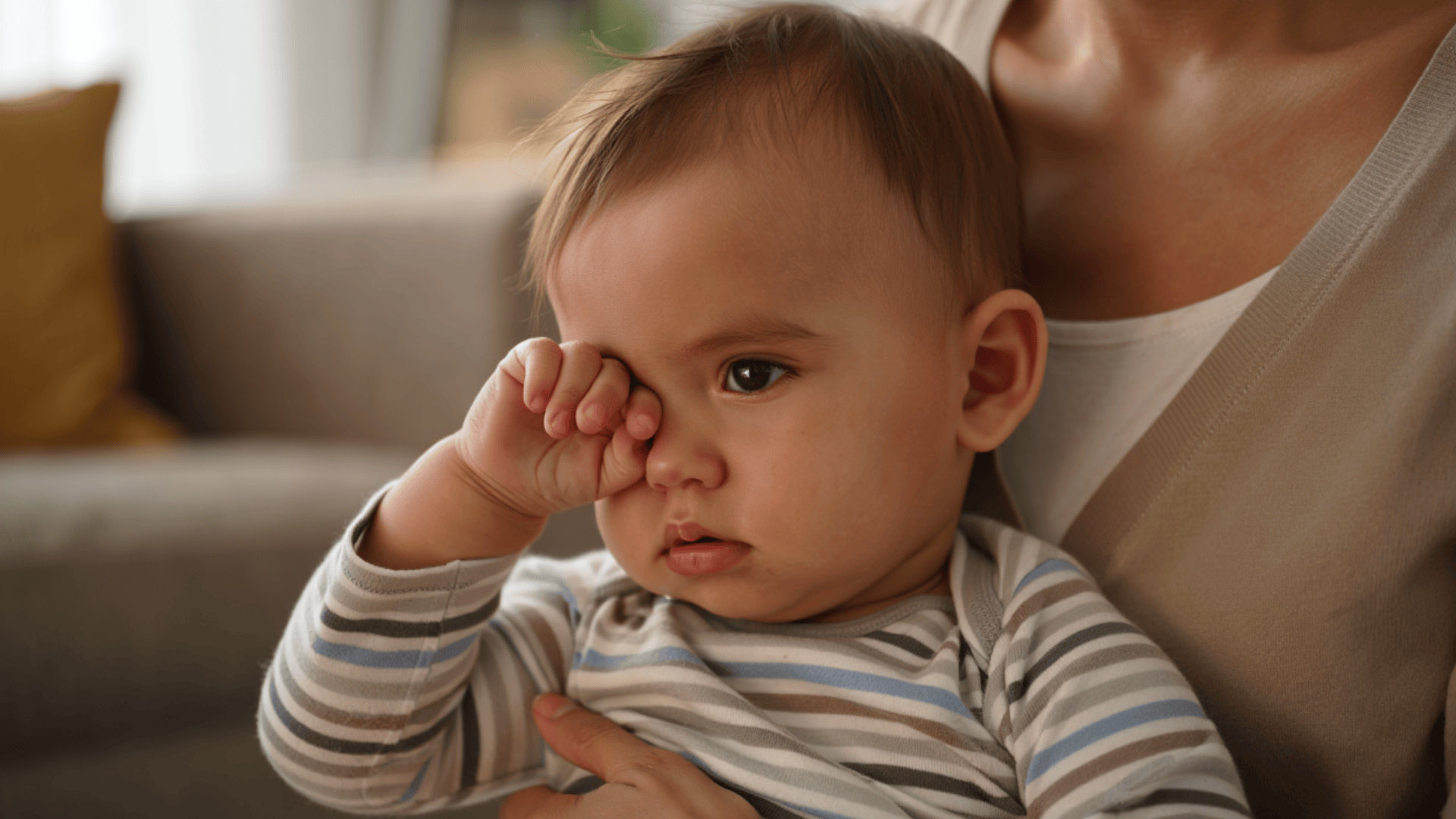
Watching the clock is helpful, but your baby’s body language tells the real story. Learning to read their unique sleep lines can make the difference between an easy nap transition and a full-blown meltdown.
- Early sleep cues are the golden signals—catch these, and naptime will likely go smoothly. Look for subtle quieting, less interest in toys or faces, slight eye rubbing, or a vacant “zoning out” stare. Some babies will slow down their movements or become less animated in their responses.
- Mid-range cues mean your baby is definitely tired and naptime should happen soon: more obvious eye rubbing, ear pulling, yawning, fussiness, or decreased activity. You might notice their eyebrows turning slightly red (a surprising but common tired sign!).
- Late cues are your warning signals—your baby is moving into overtired territory: arching the back, crying, becoming hyperactive, or fighting being held. At this point, getting them to sleep will be much harder.
- The magic formula is combining wake window awareness with sleep cue observation. Start watching for early sleep cues when your baby is approaching the 60-minute mark of being awake. If you see those cues, begin your nap routine, even if they haven’t hit the full wake window yet.
- If your baby reaches 90 minutes with no sleep cues, start winding down anyway—they might be one of those babies who don’t show obvious signs of tiredness until they’re overtired.
How to Adjust the Wake Window if Things Aren’t Working?

Not every baby fits perfectly into the 60-90 minute guideline. If your 12-week-old is struggling with sleep despite your best efforts, it might be time to tweak their wake windows.
How do you know if your baby needs a shorter wake window? Look for these clues: they become fussy shortly after waking, fight naps but fall asleep quickly once you start the nap routine, or wake frequently at night despite good daytime sleep.
Some babies, especially those born prematurely or with more sensitive temperaments, might do better with 45-60 minute wake windows.
On the flip side, signs that your baby needs a longer wake window include fighting sleep for ages despite seeming tired, taking forever to fall asleep, or consistently taking very short naps (under 30 minutes).
When adjusting wake windows, take it slow. Extend or shorten by just 10-15 minutes for a few days, then reassess. Quick, dramatic changes rarely work well. You might also find that your baby needs different wake window lengths throughout the day—perhaps 60 minutes in the morning but 90 minutes before bedtime.
Sample Day Schedule for a 12-Week-Old
Are you wondering what a day might actually look like with these wake windows? Here’s a sample schedule that works well for many 12-week-olds. Remember, it’s a flexible template—not a rigid timetable you have to follow perfectly.
| Time | Activity |
|---|---|
| 7:00 AM | Wake up and first feed |
| 8:15-9:15 AM | Nap 1 (after 75-min wake window) |
| 9:15 AM | Wake and feed |
| 10:45-12:00 PM | Nap 2 (90-min wake window) |
| 12:00 PM | Wake and feed |
| 1:30-2:30 PM | Nap 3 (90-min wake window) |
| 2:30 PM | Wake and feed |
| 4:00-4:45 PM | Nap 4 (90-min wake window) |
| 4:45 PM | Wake and feed |
| 6:15-6:30 PM | Optional catnap (may need shorter 75-min window) |
| 6:30 PM | Last feed and start bedtime routine |
| 7:45-8:00 PM | Bedtime (1.5-hour final wake window) |
Tools & Techniques to Optimize Baby’s Sleep
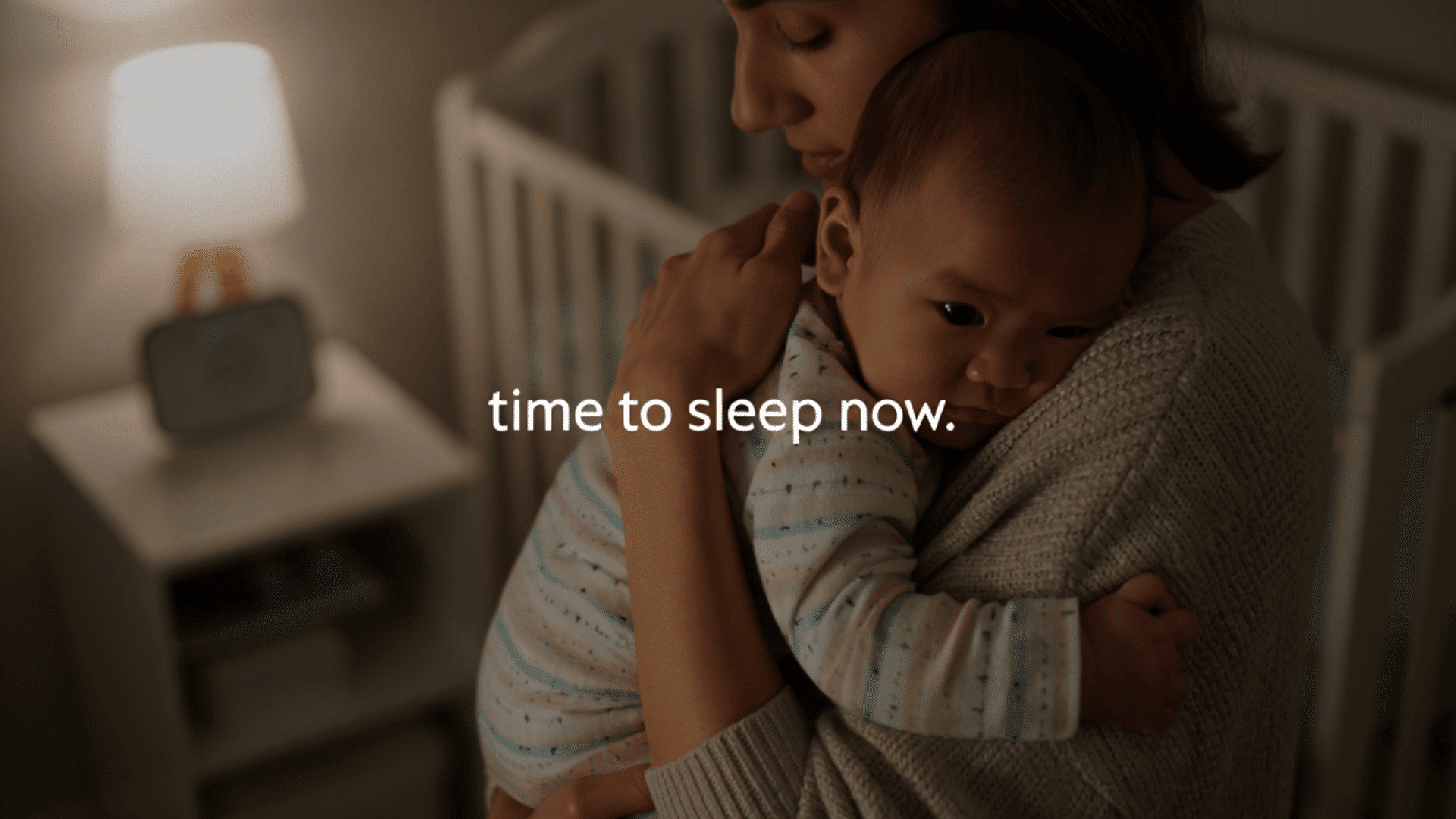
The right sleep environment can make wake windows much more effective. Think of it as setting the stage for sleep success.
- White noise has almost magical properties for many babies. It masks household sounds that might wake a light sleeper and recreates the whooshing sounds from the womb. A continuous, non-rhythmic white noise (like fan sounds) often works better than lullabies or heartbeat sounds.
- Blackout curtains are worth their weight in gold, especially for daytime naps. Even at 12 weeks, light can signal your baby’s brain to stay awake. Making the room dark helps their body understand it’s sleep time, regardless of what the sun is doing.
- Keep the sleep space cool (68-72°F), quiet, and absolutely safe. Follow all safe sleep guidelines—firm mattress, nothing in the crib, baby on back. A safe sleep environment gives you peace of mind and helps your baby sleep more soundly.
- Develop a simple pre-sleep routine to signal that naptime is coming. It doesn’t need to be elaborate at this age—it may just involve dimming the lights, changing diapers, putting on a sleep sack, and snuggling with a consistent phrase like “time to sleep now.”
Common Mistakes With Wake Windows at 12 Weeks

Even when you know the guidelines, it’s easy to stumble into some common wake window pitfalls. Don’t worry—most parents have made these same mistakes at some point!
- One of the biggest goofs is watching the clock too rigidly. I’ve seen parents desperately trying to keep their clearly exhausted baby awake because “it’s only been 65 minutes!” Remember that wake windows are ranges, not exact prescriptions. If your baby is showing clear tired signs at 55 minutes, it’s okay to start the nap routine.
- On the flip side, some parents ignore sleep cues entirely, focusing only on the clock. Your baby might be unusually active one day and need to sleep sooner than usual. Or they might be particularly engaged with a new toy and able to stay awake longer without getting overtired. The sweet spot comes from watching both your baby and the clock.
- Another frequent mistake is expecting consistency. One day, your baby might take four perfect naps with textbook wake windows; the next day, everything falls apart for no apparent reason. This is completely normal! Babies aren’t robots, and various factors—development, teething, gas, or just baby moods—can affect their sleep needs.
- Perhaps the most tempting mistake is skipping that final late-afternoon catnap because you think it will help your baby sleep better at night. In reality, this often backfires. Without that last short nap, the wake window before bedtime stretches too long for a 12-week-old, leading to an overtired, wired baby who fights bedtime.
How Wake Windows Change After 12 Weeks?
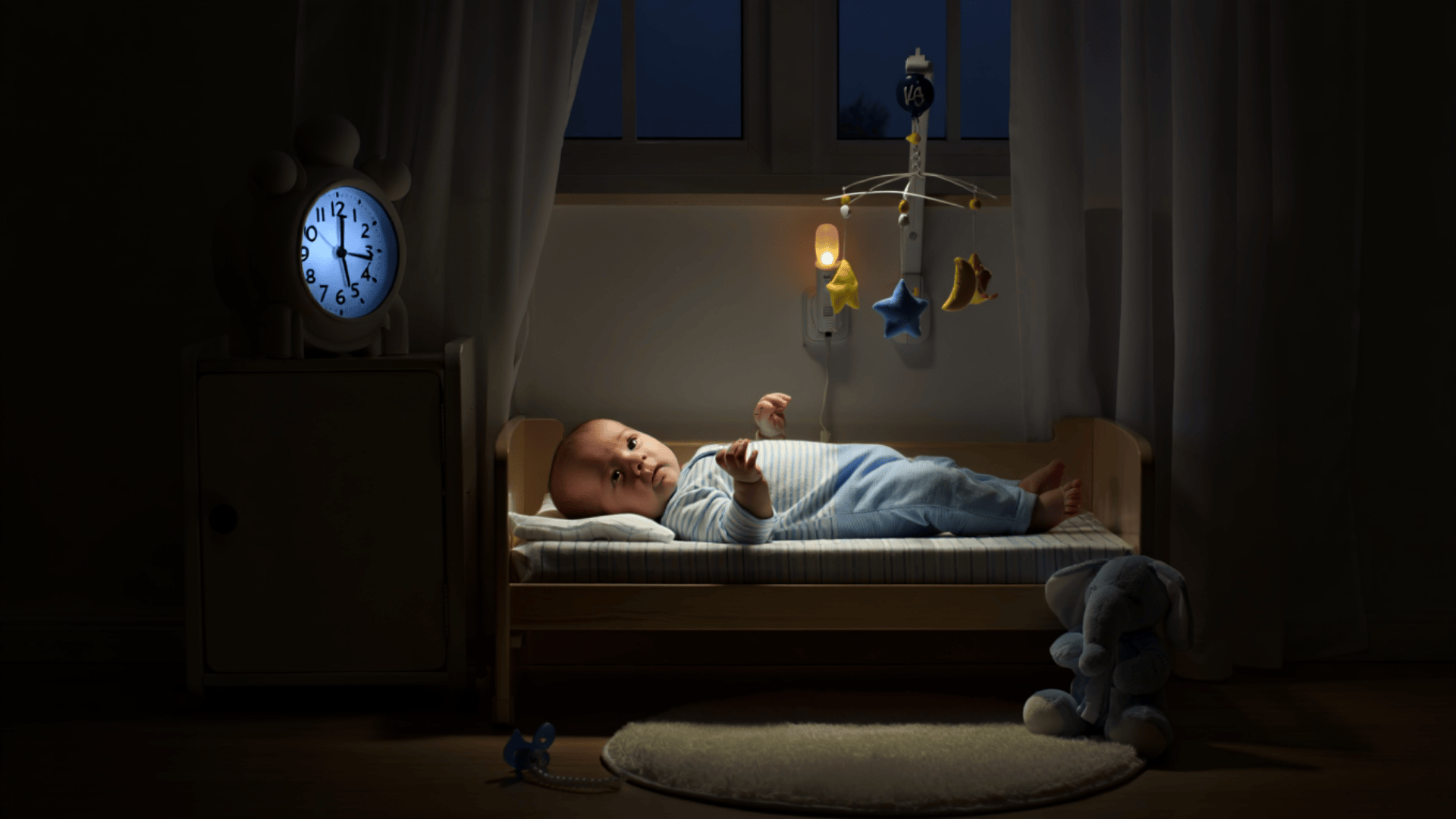
When you’ve mastered the 12-week wake window, things will change again! Watching how these patterns evolve helps you stay ahead of the game.
As your baby approaches 4 months, you’ll likely notice they can stay awake longer without getting cranky. Around this 4-month mark, a significant sleep cycle maturation takes place.
Your baby’s sleep architecture becomes more adult-like, with more distinct sleep cycles and more transitions between light and deep sleep.
This biological change often manifests as the dreaded “4-month sleep regression.” You might notice naps suddenly becoming shorter—often exactly 30-45 minutes (the length of one sleep cycle).
This change is actually your signal to begin introducing more self-soothing opportunities. Babies who start practicing falling asleep independently around 12 weeks often handle the 4-month changes more smoothly than those who are always assisted to sleep.
Conclusion
Getting the hang of wake windows at 12 weeks might be the sleep game-changer you’ve been looking for.
When you work with your baby’s natural rhythms instead of against them, everything gets easier—naps stretch longer, bedtime battles fade away, and those night wakings might even decrease.
Give yourself grace during this process. Nobody gets it right all the time, and that’s completely fine. Even when you nail the perfect schedule, your baby will change it up to keep you on your toes! That’s just part of the experience.
With consistent attention to wake windows, most parents find that their baby settles into more predictable patterns by 16 weeks.
The effort you put in now pays off in better sleep habits that can last well into toddlerhood. Your future self (and your well-rested baby) will thank you for mastering the art of the 12-week wake window!




